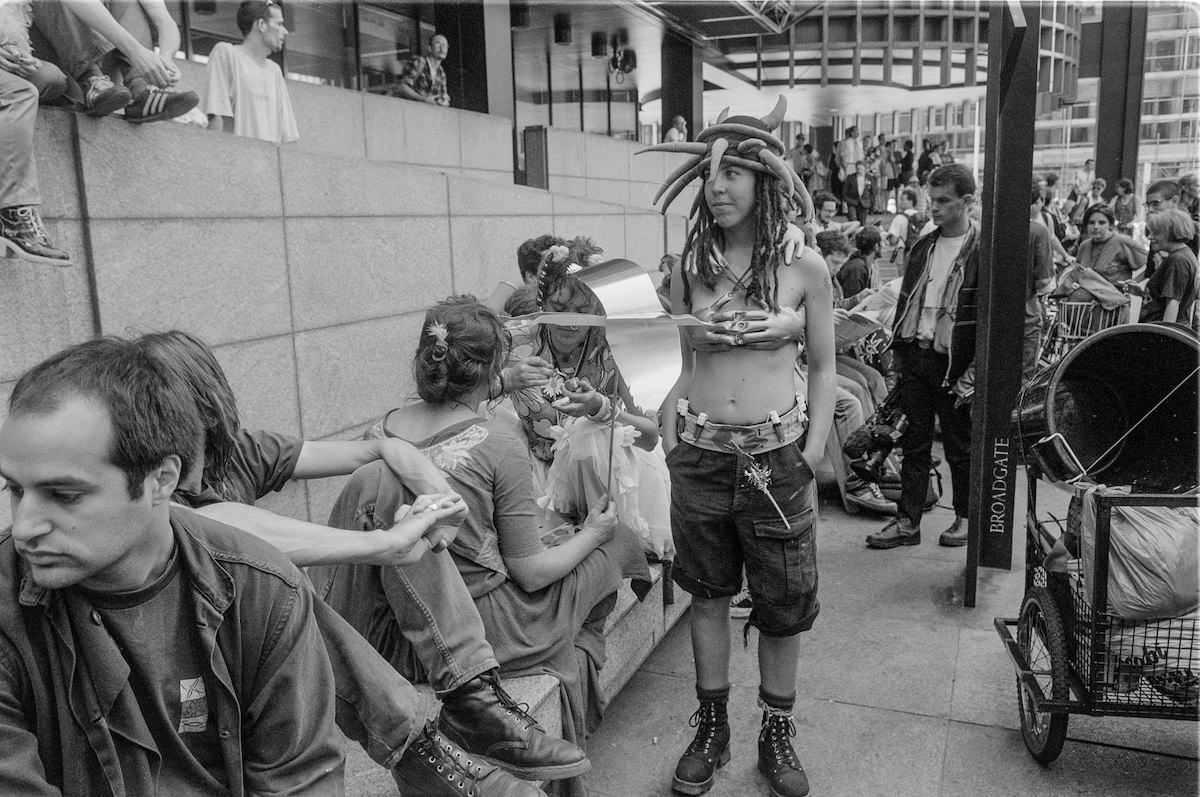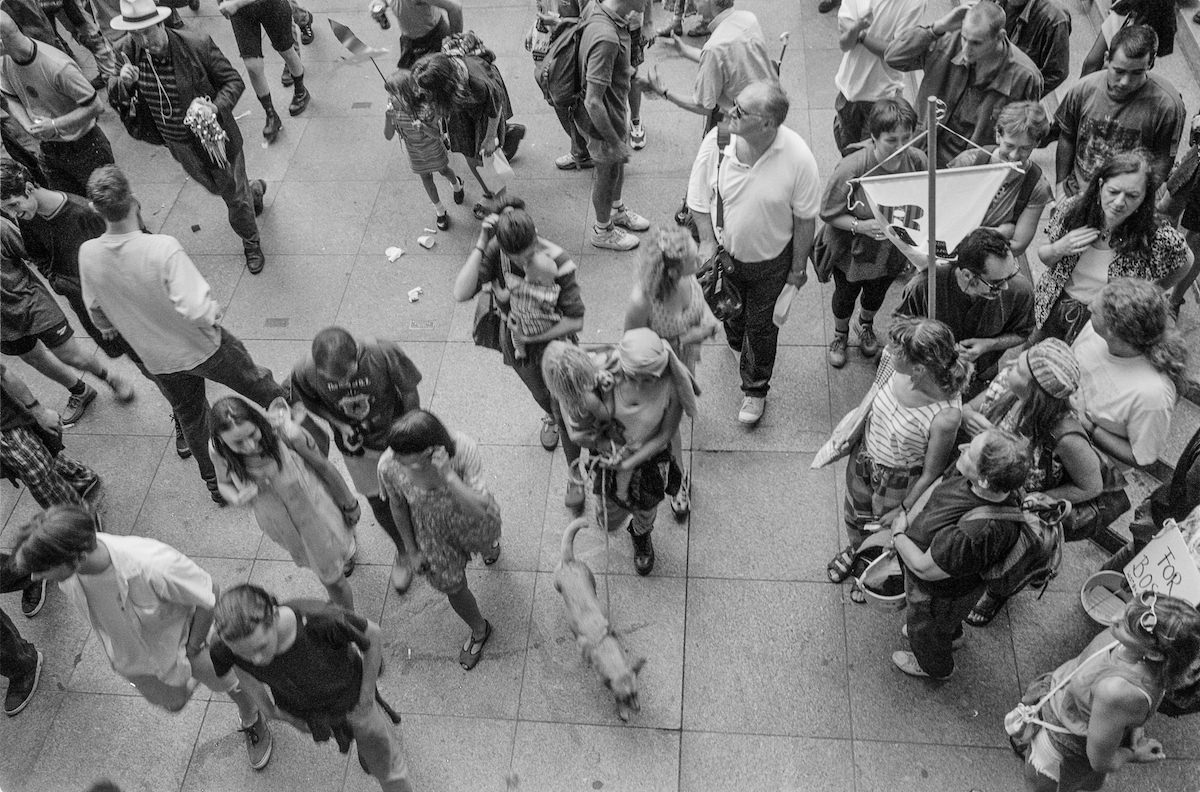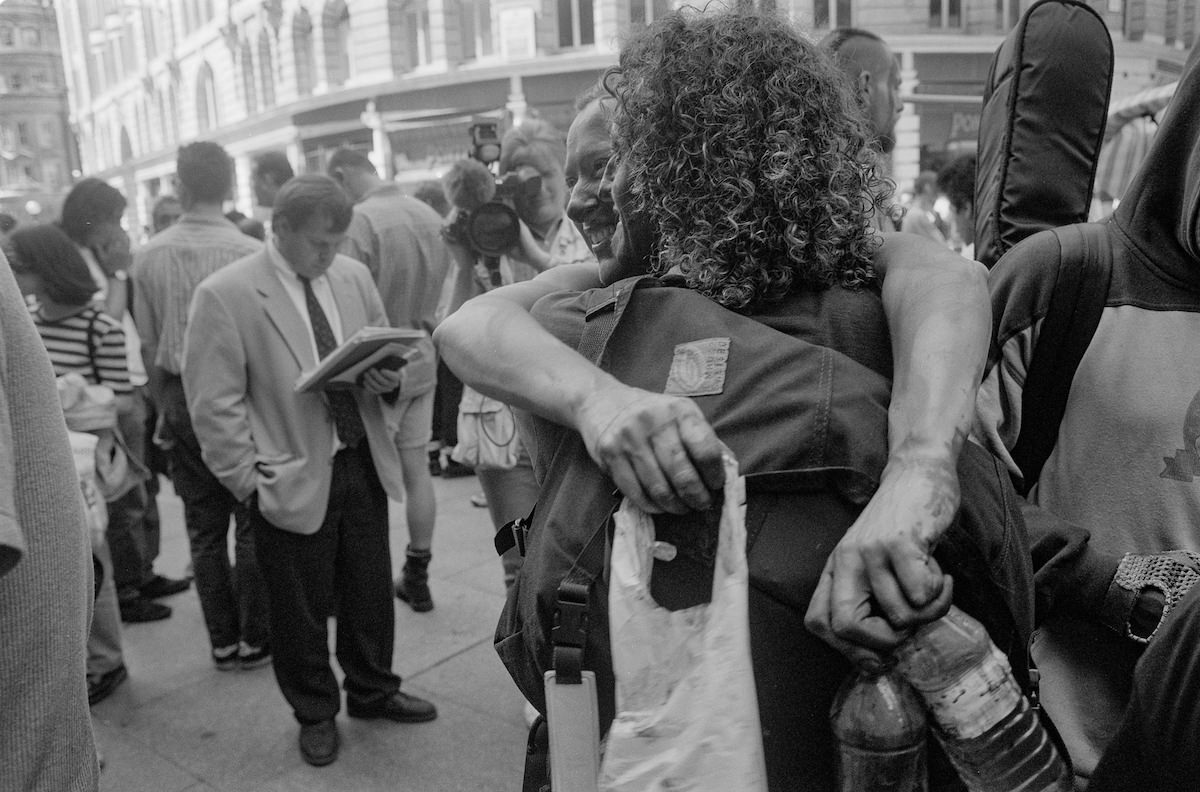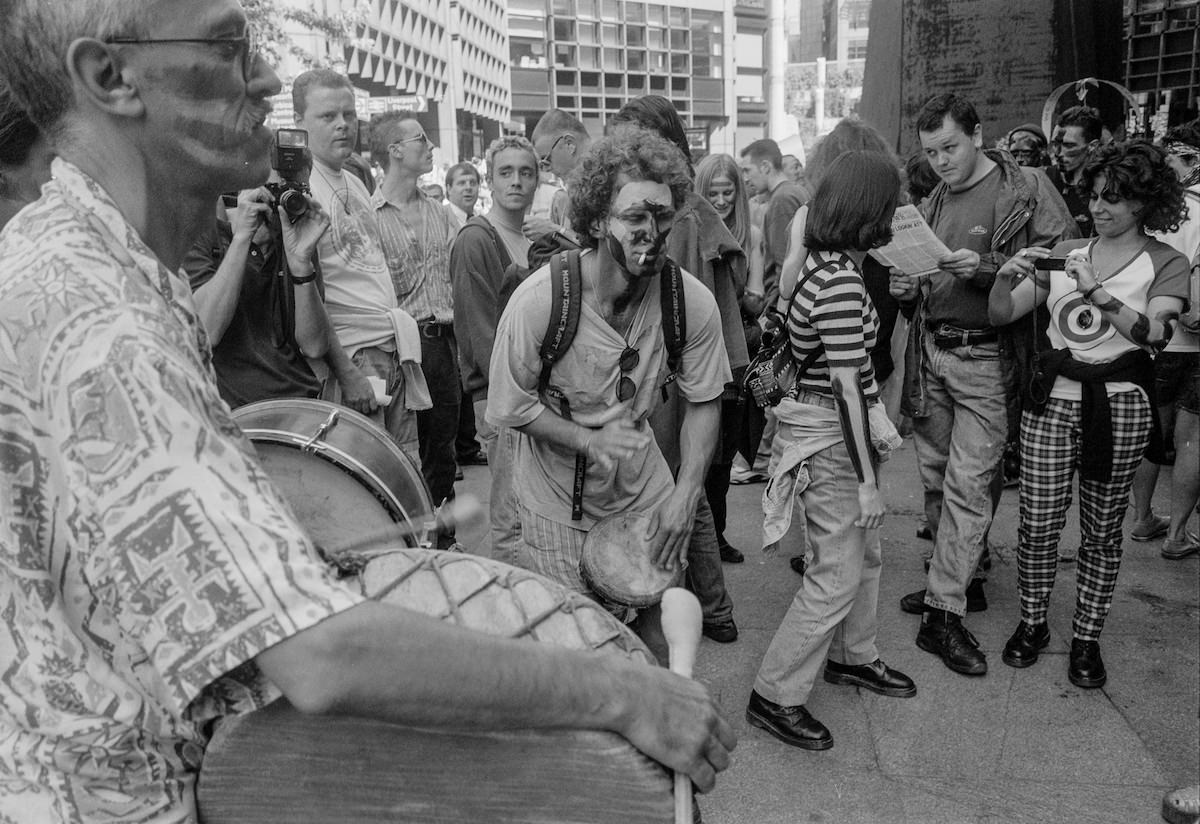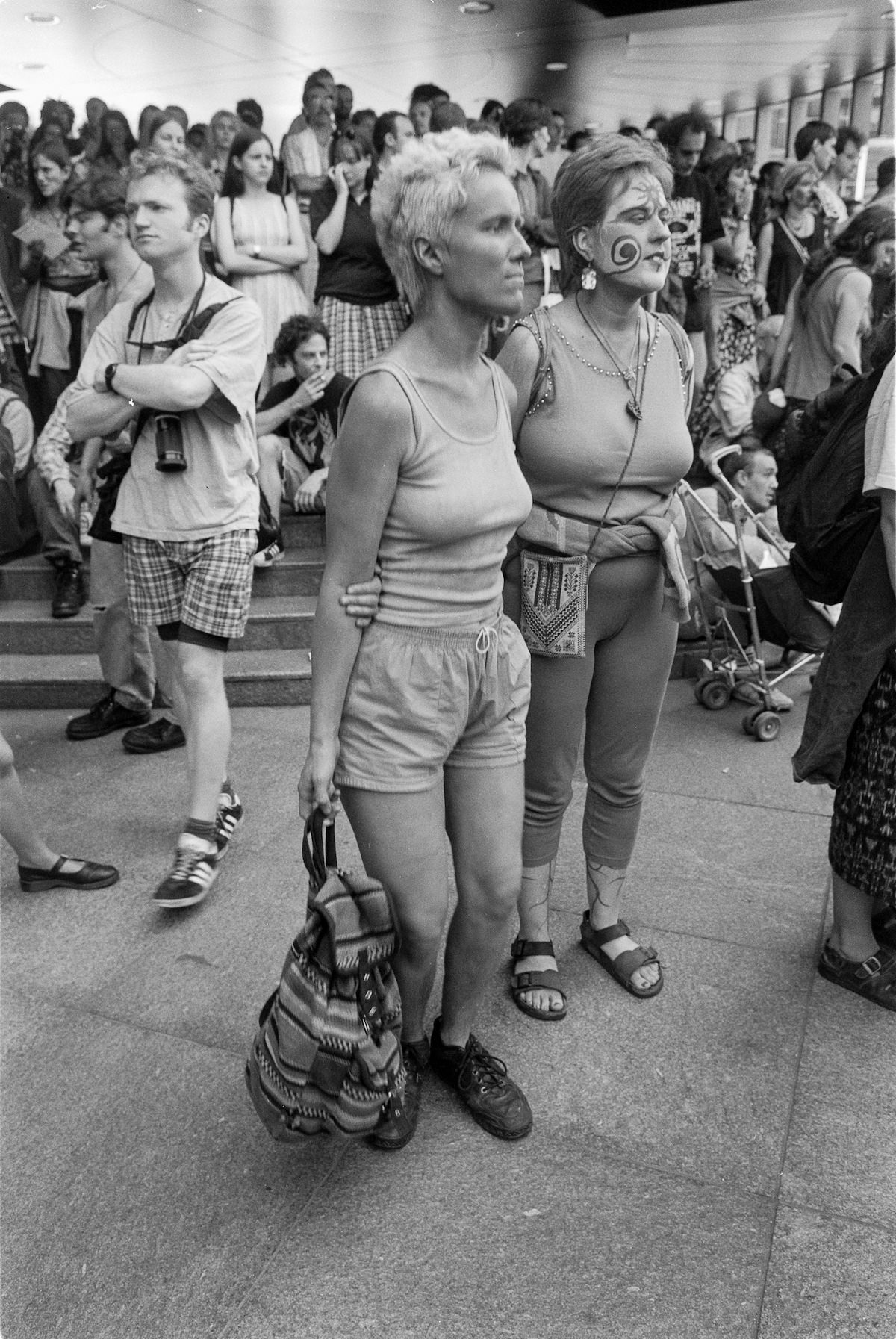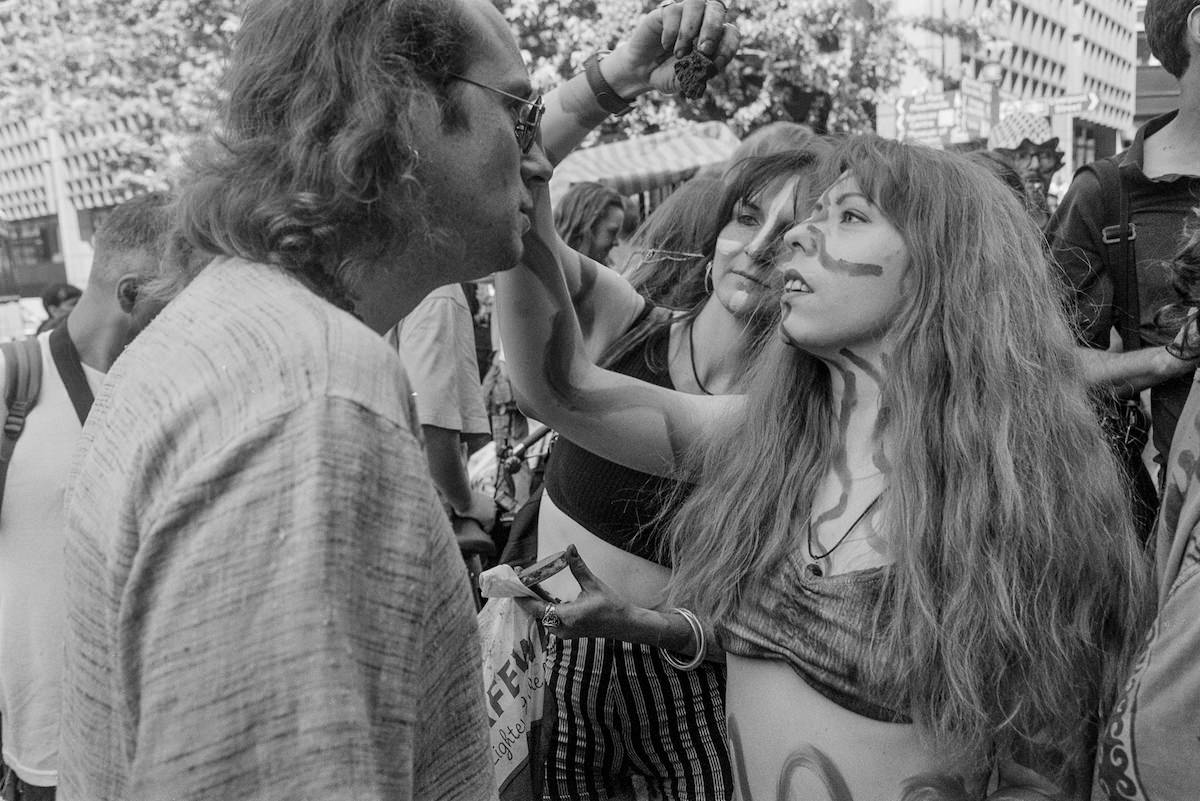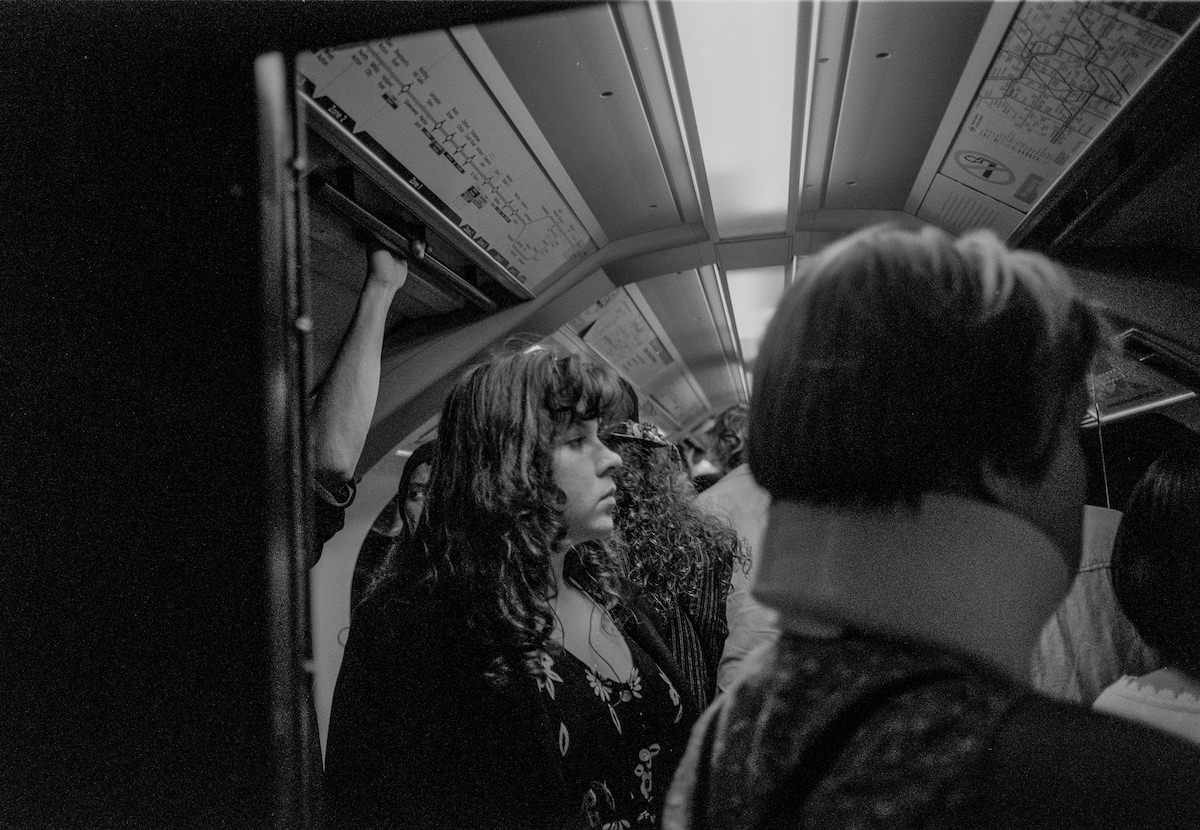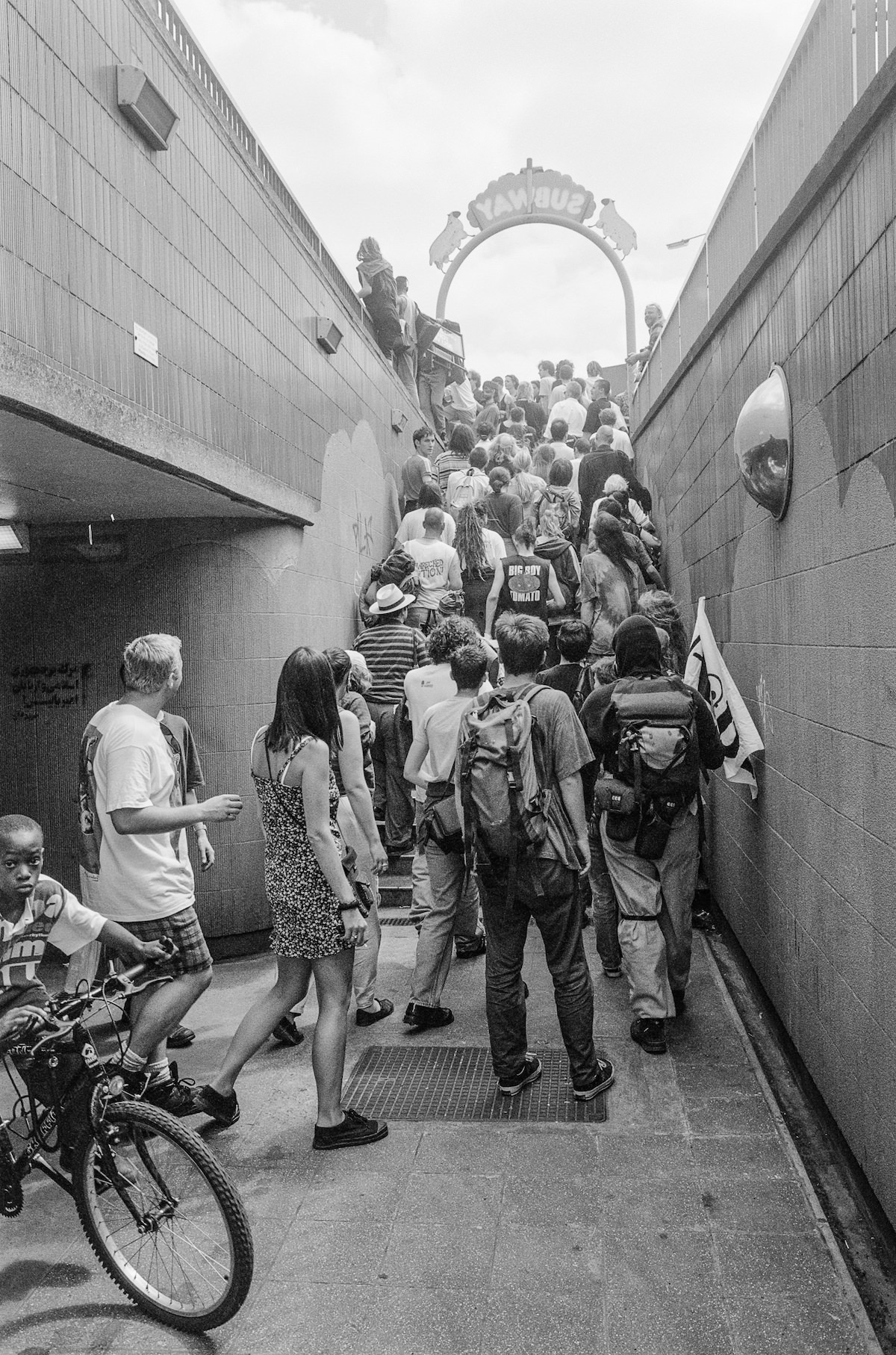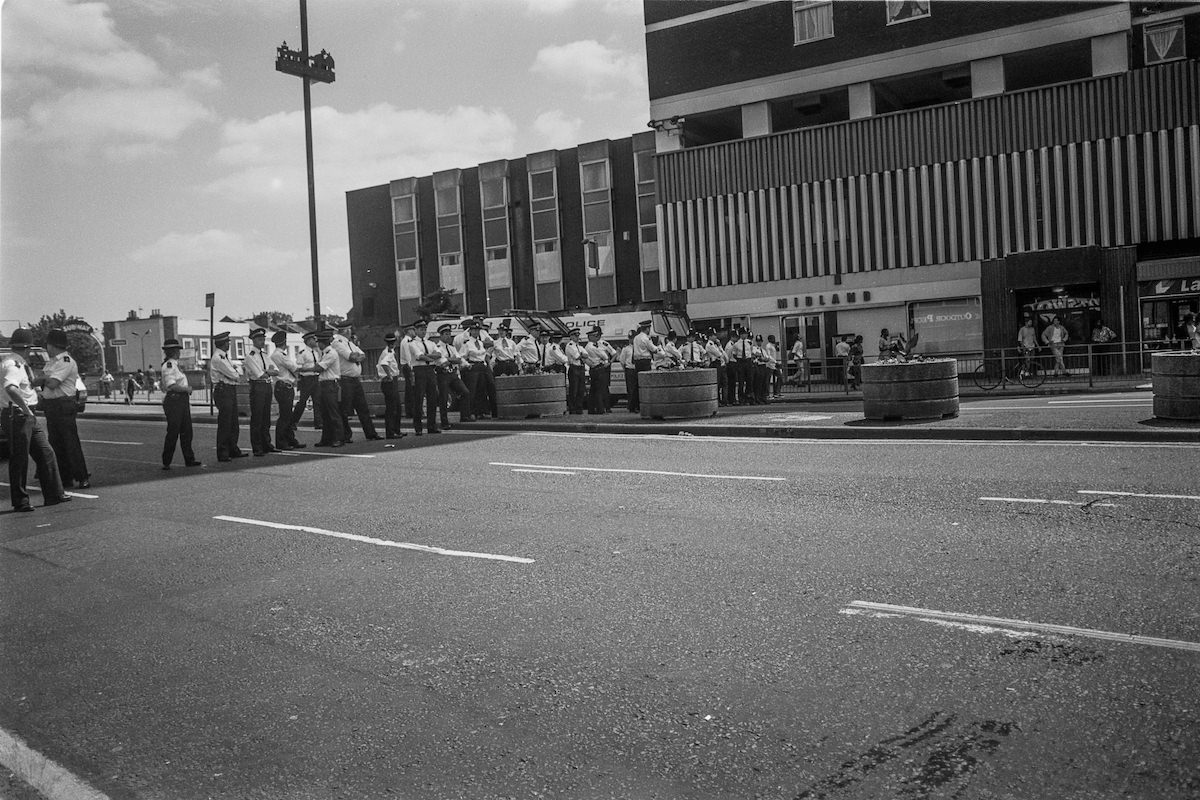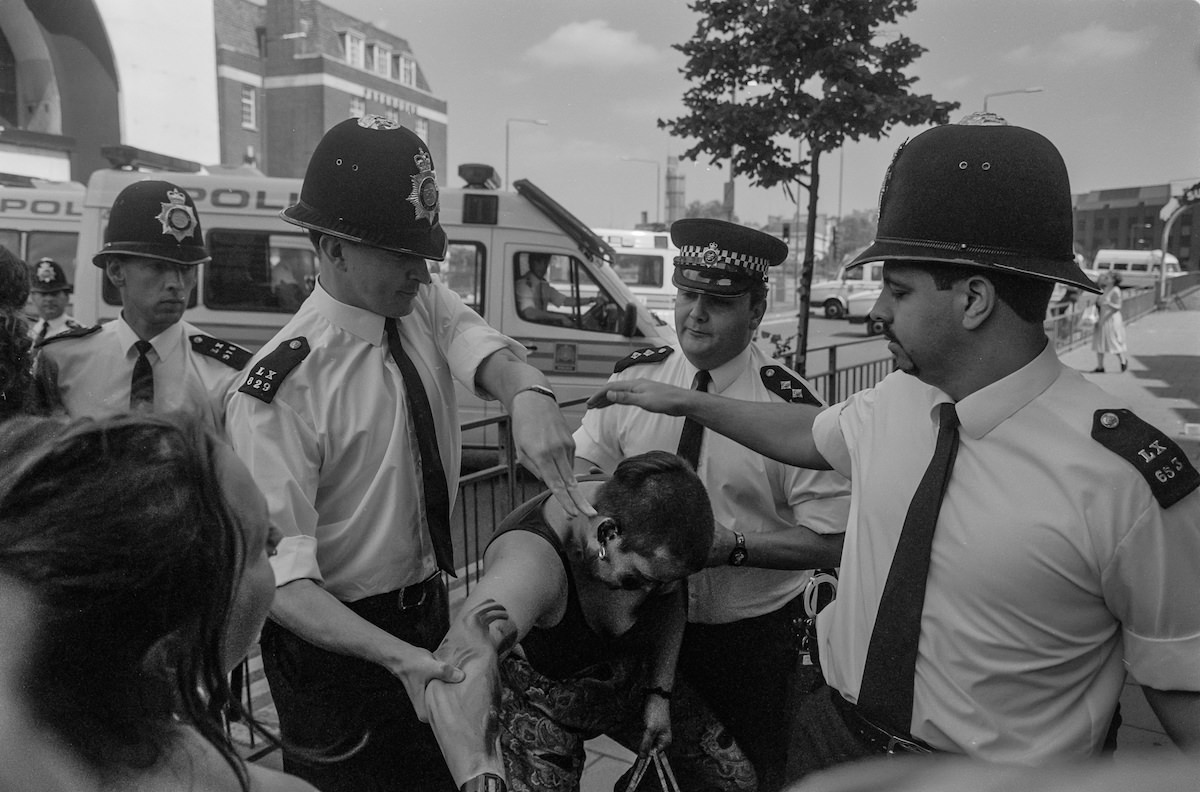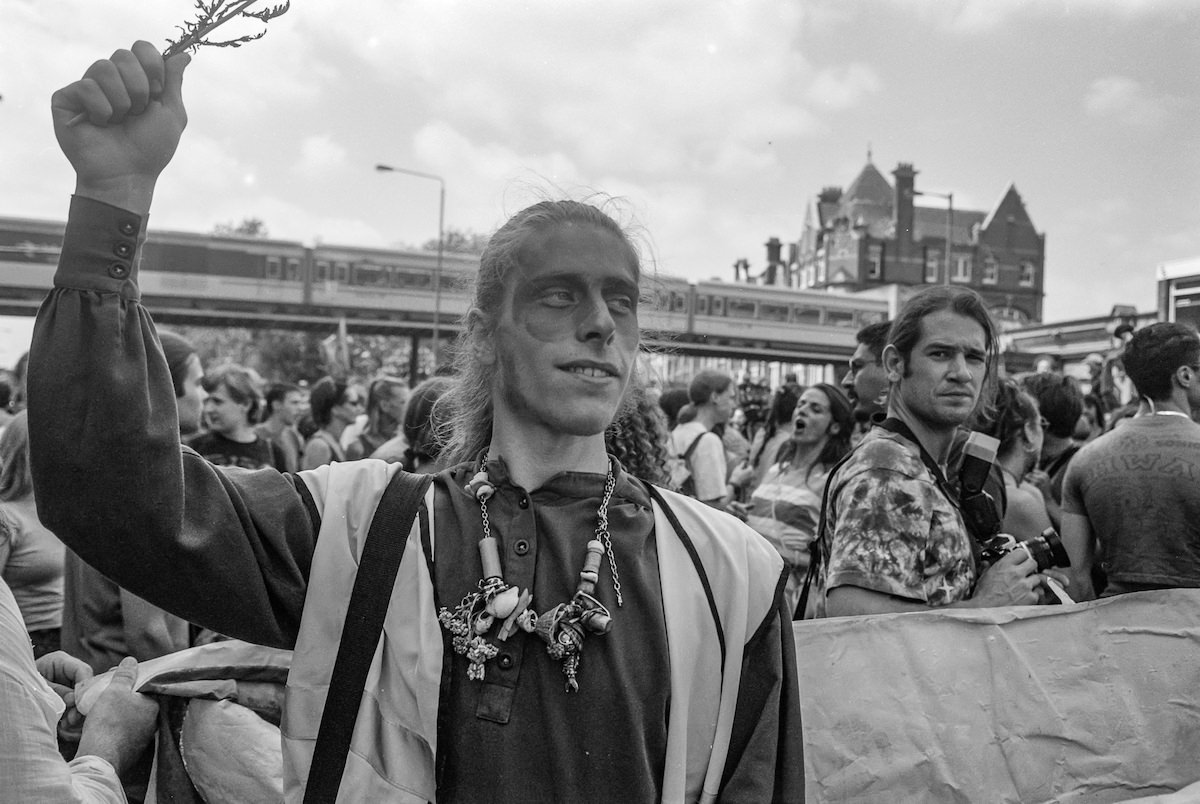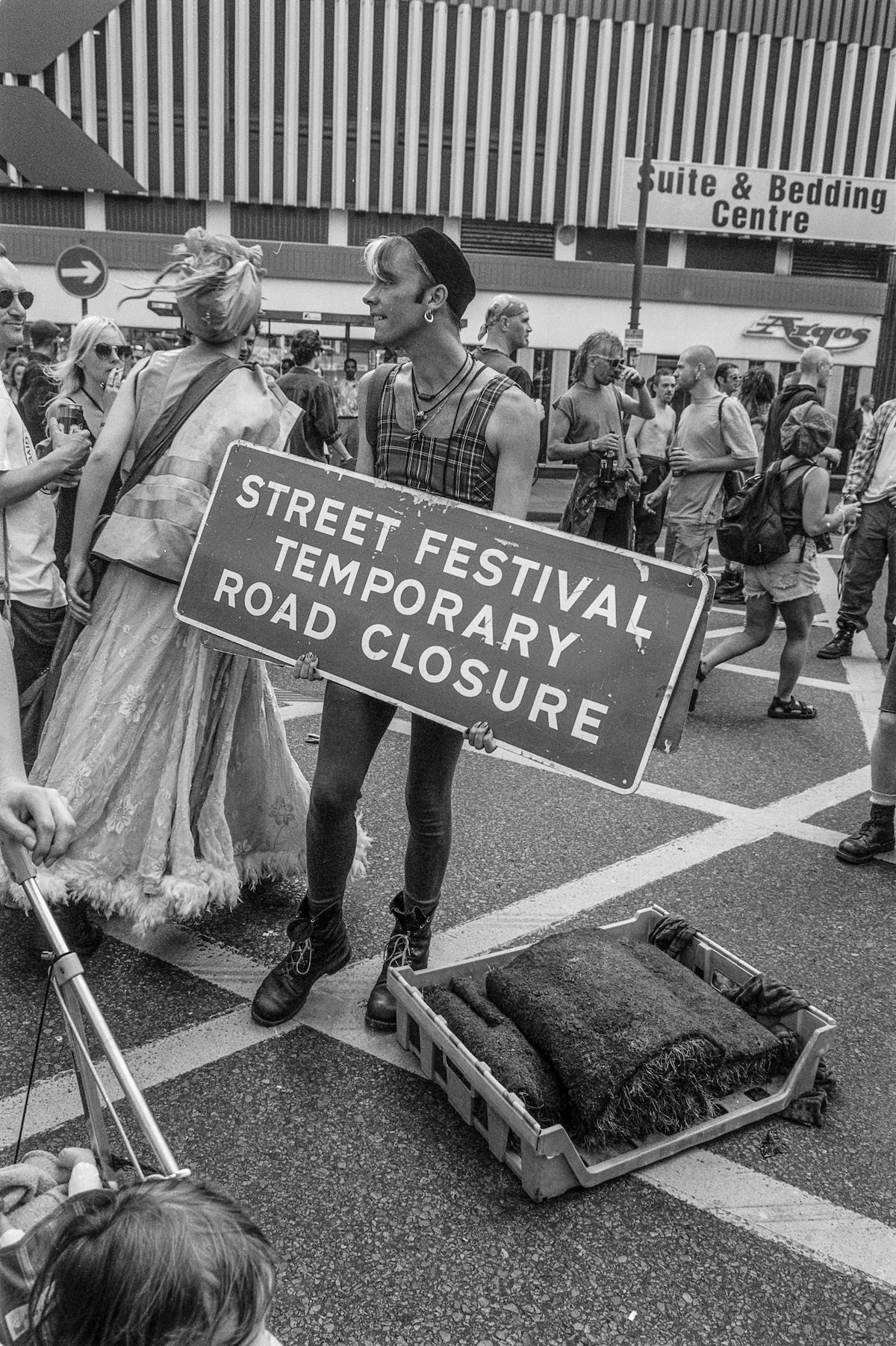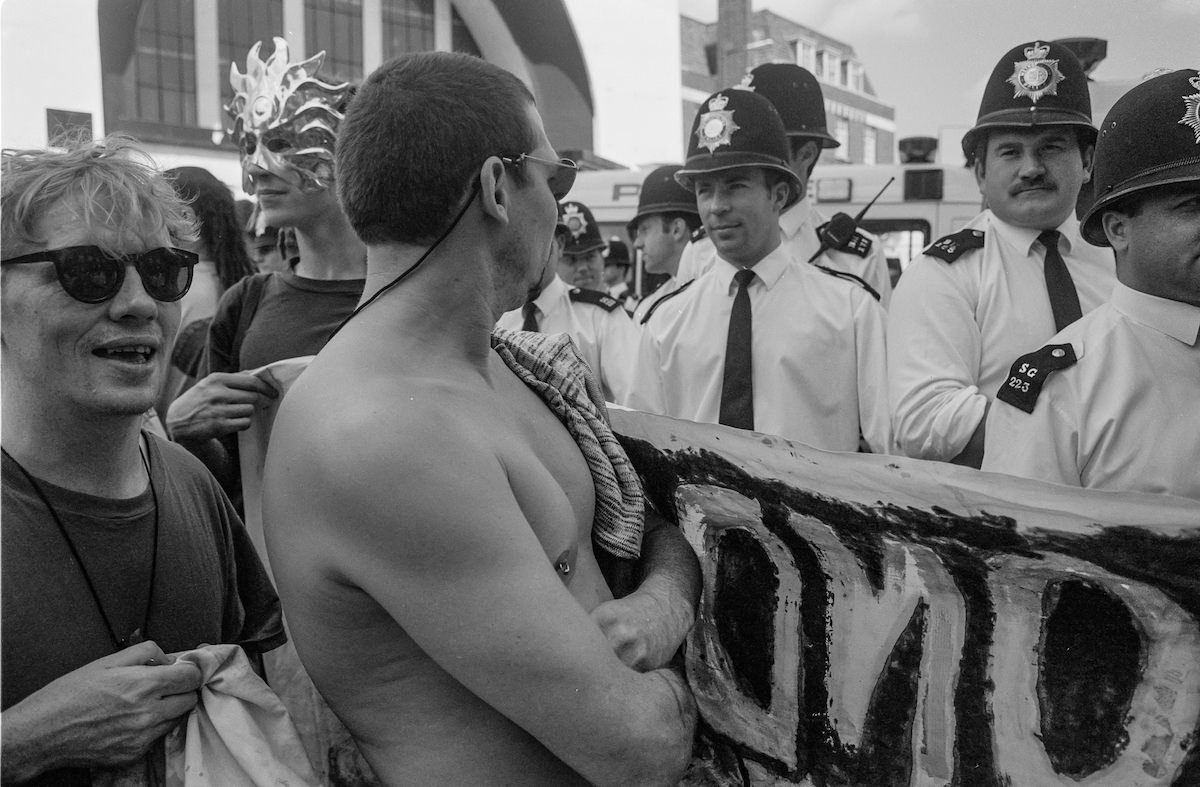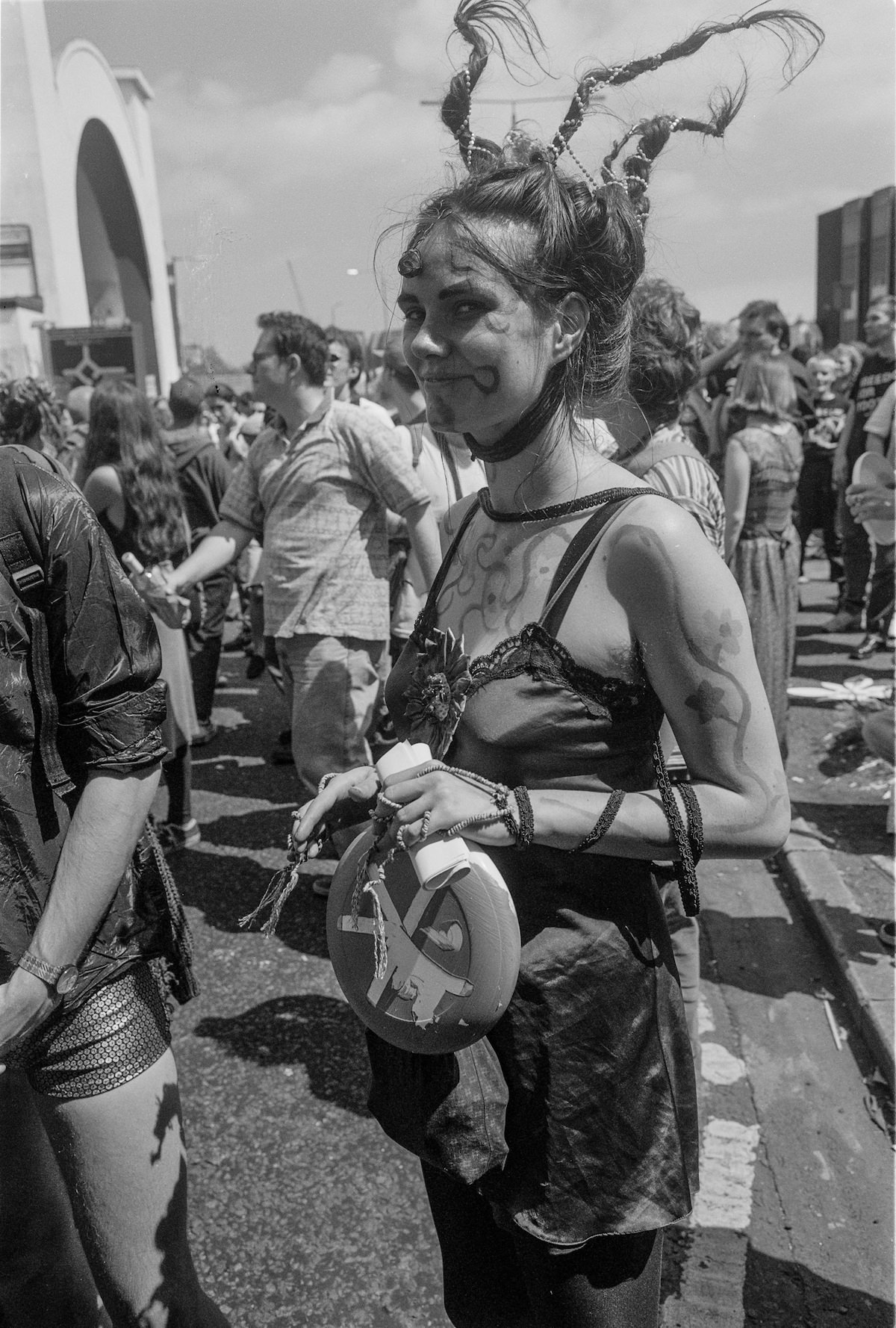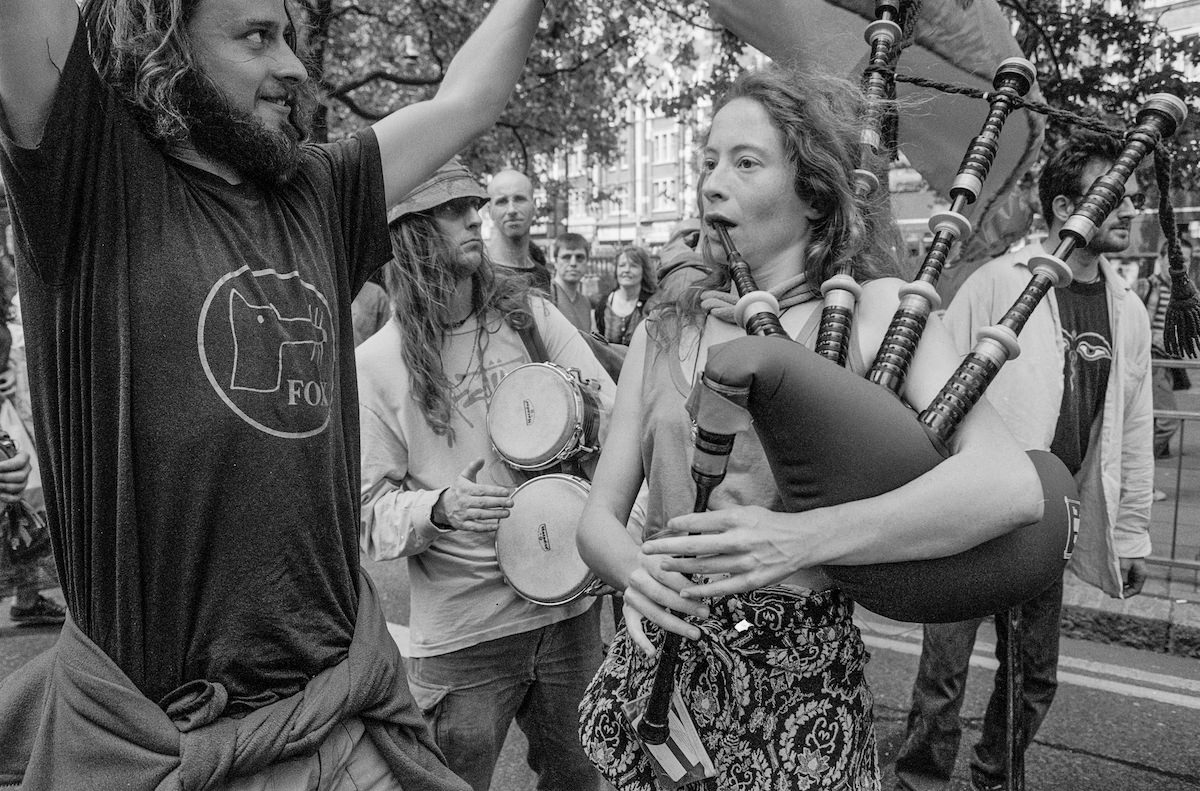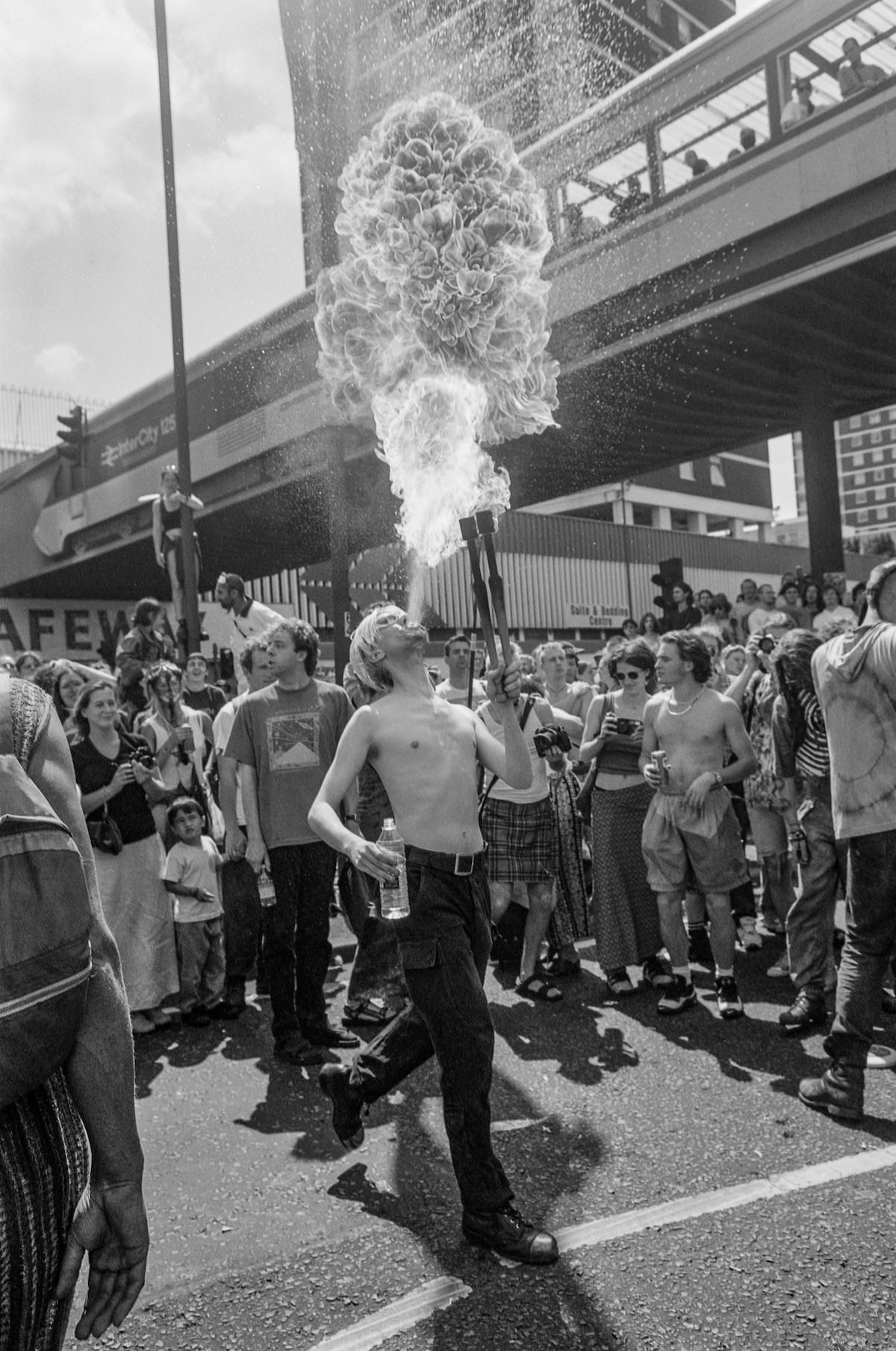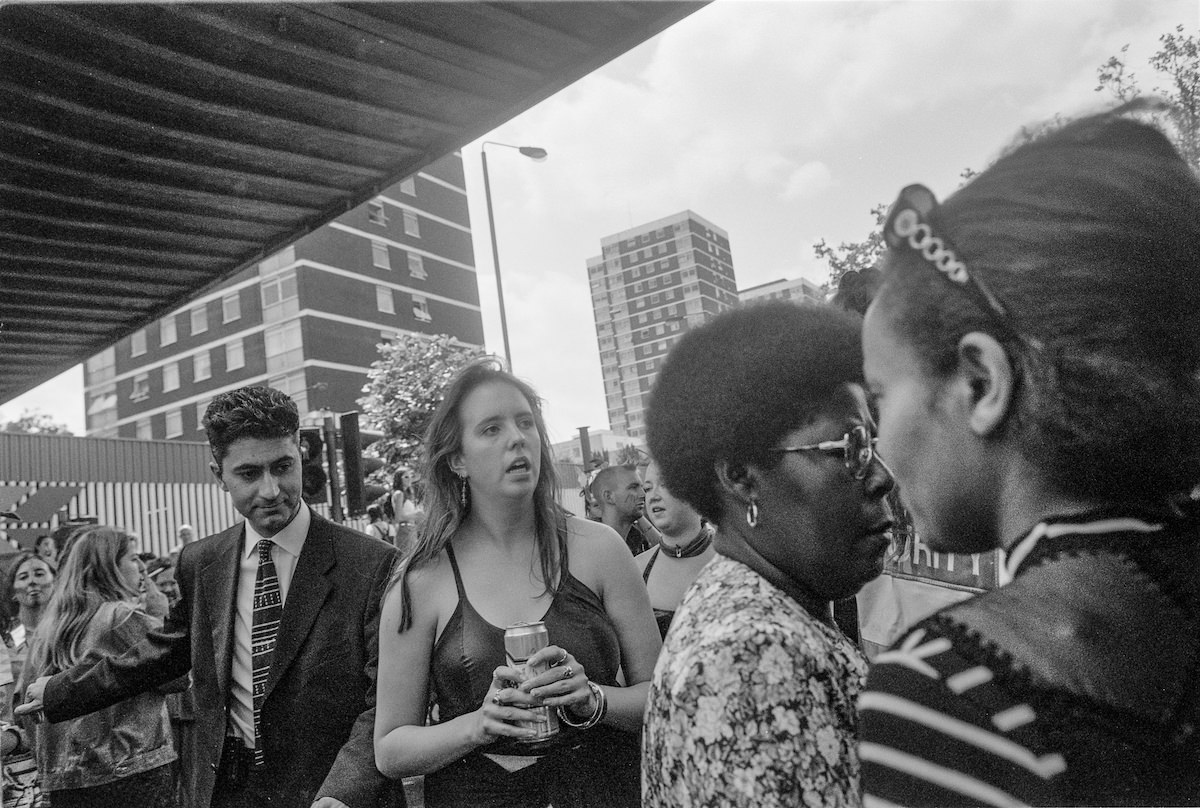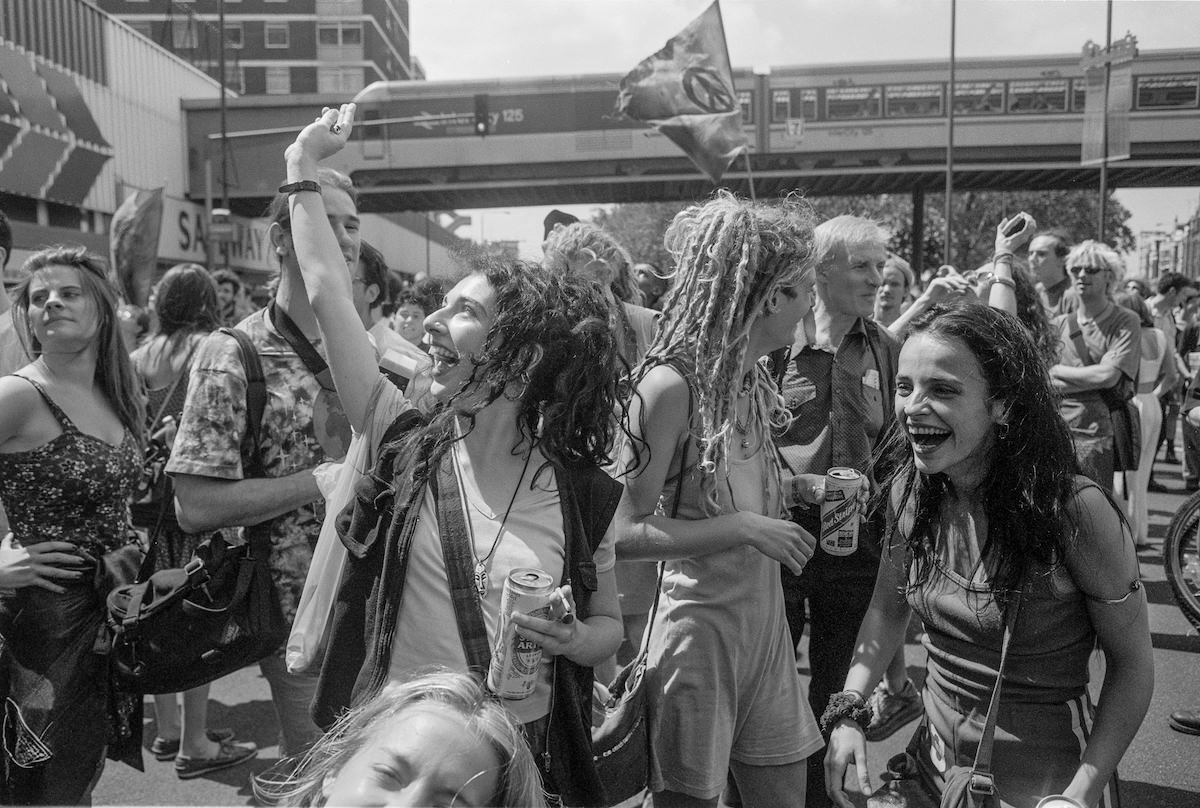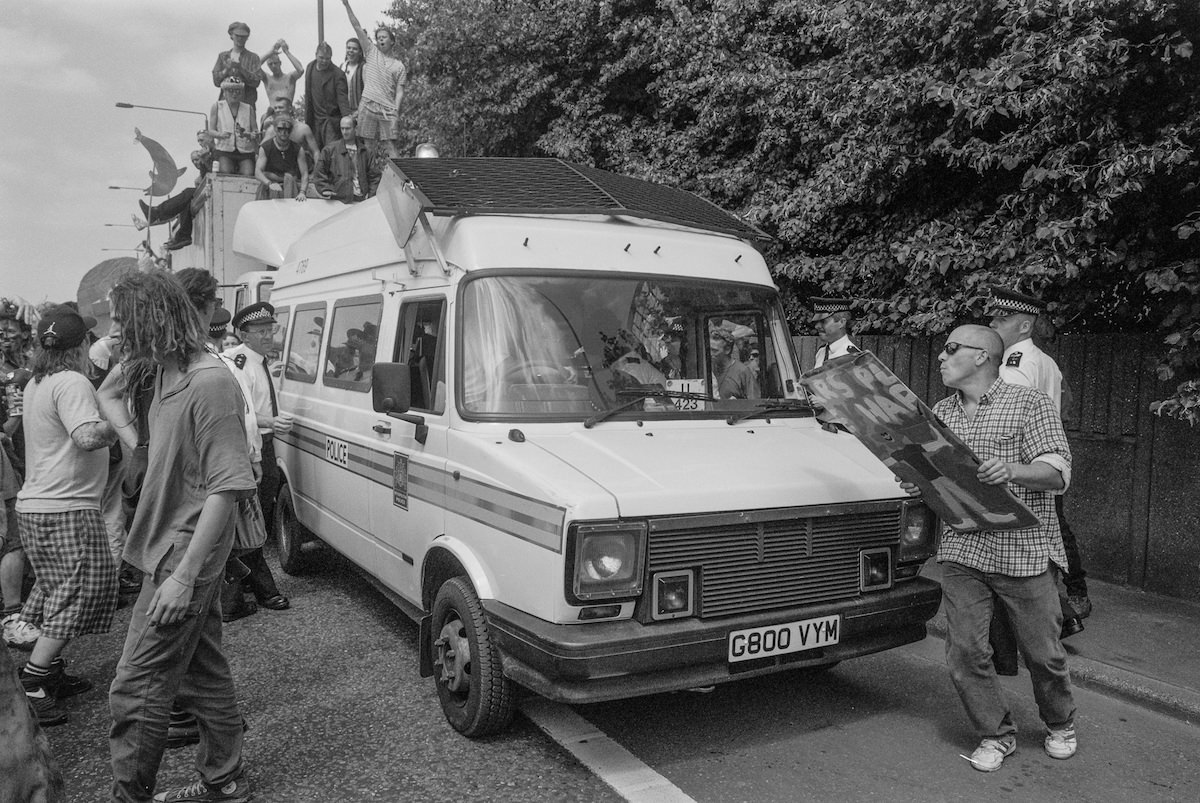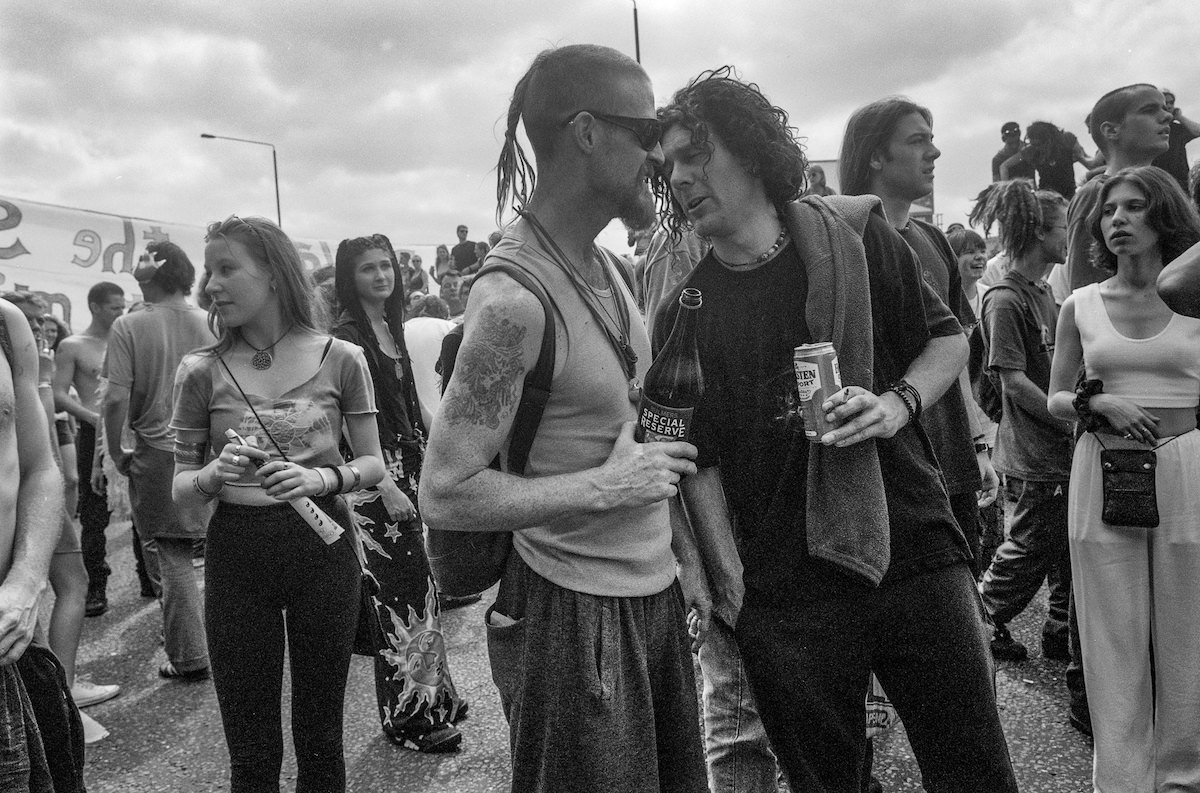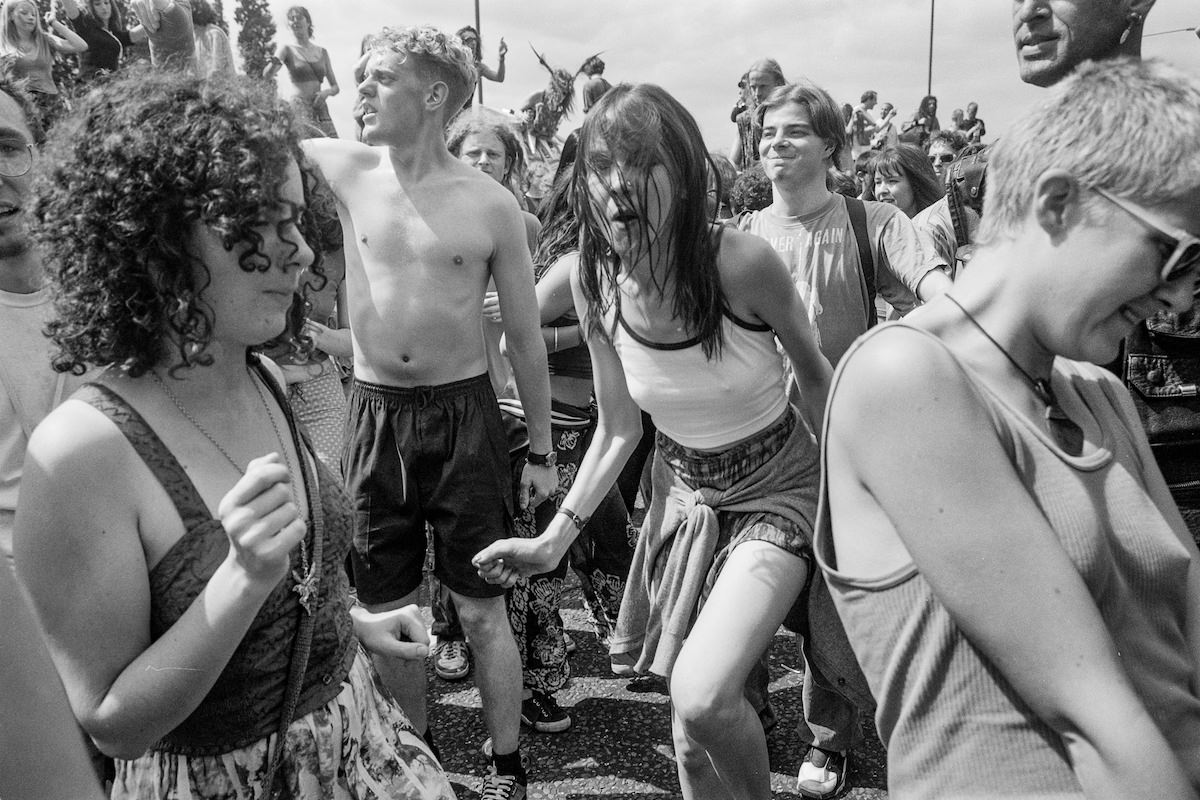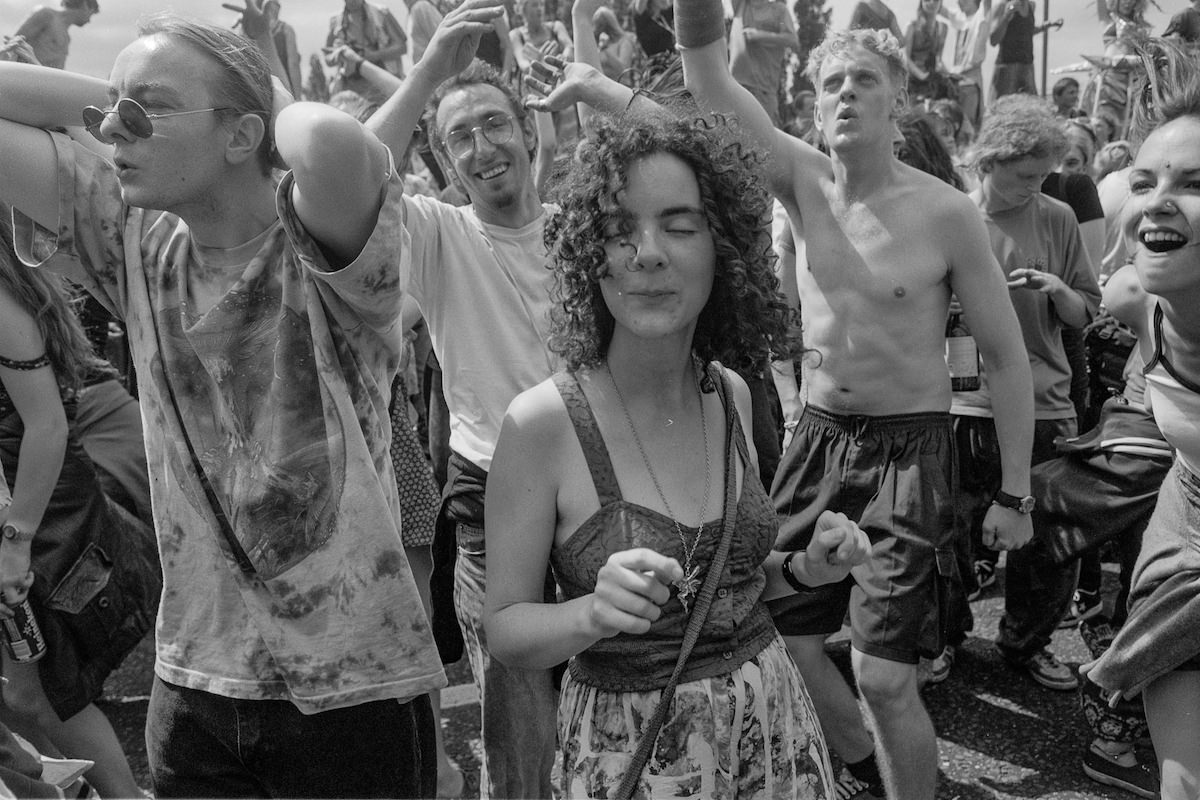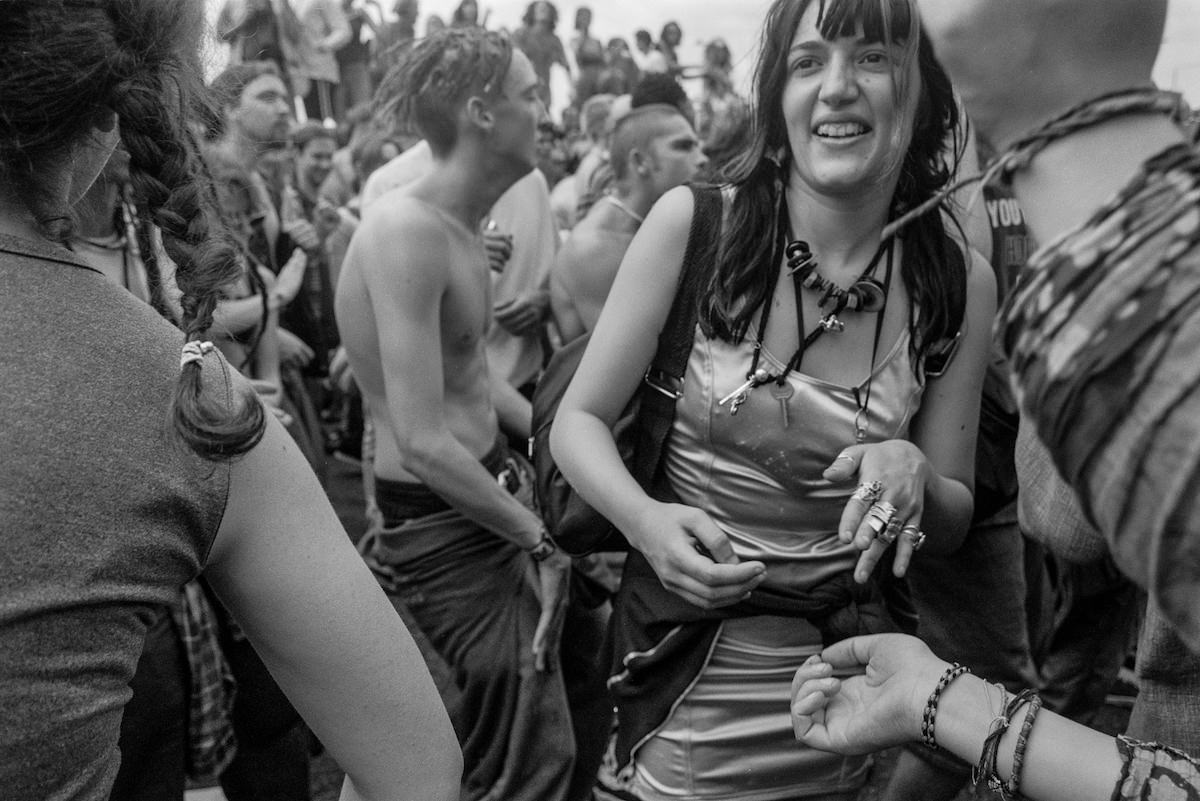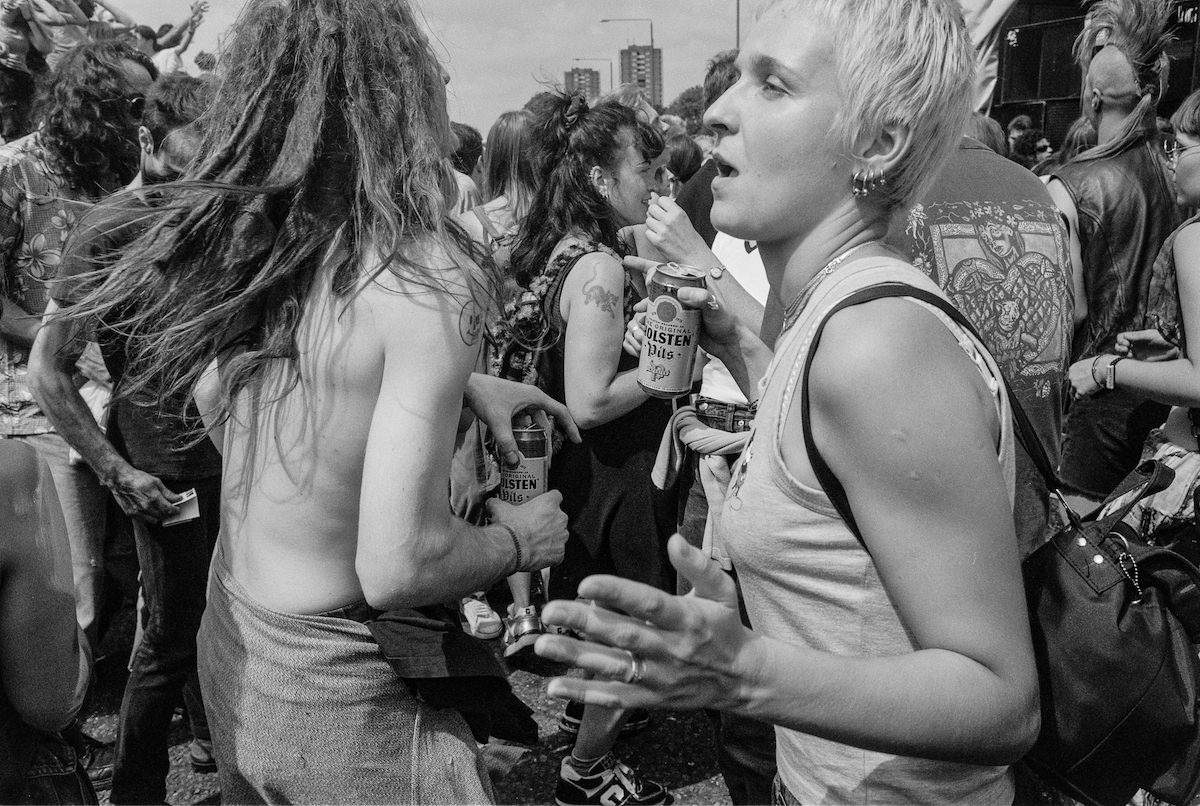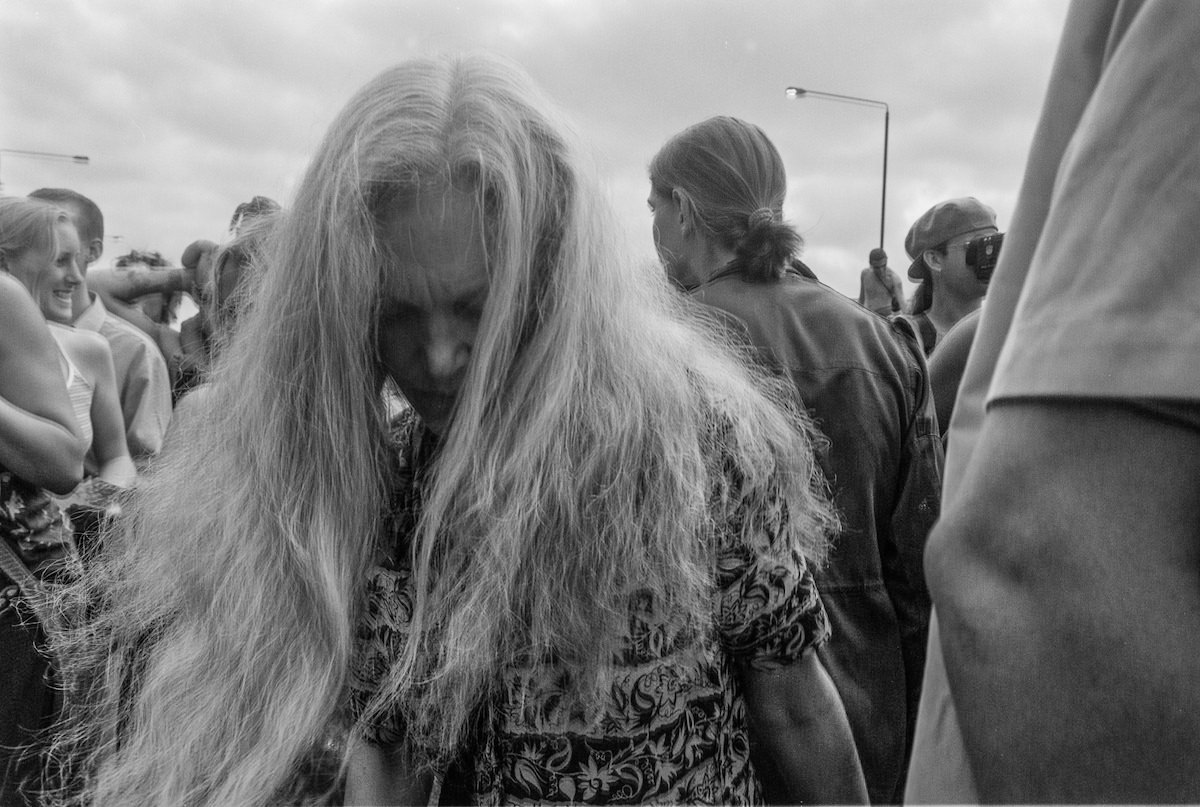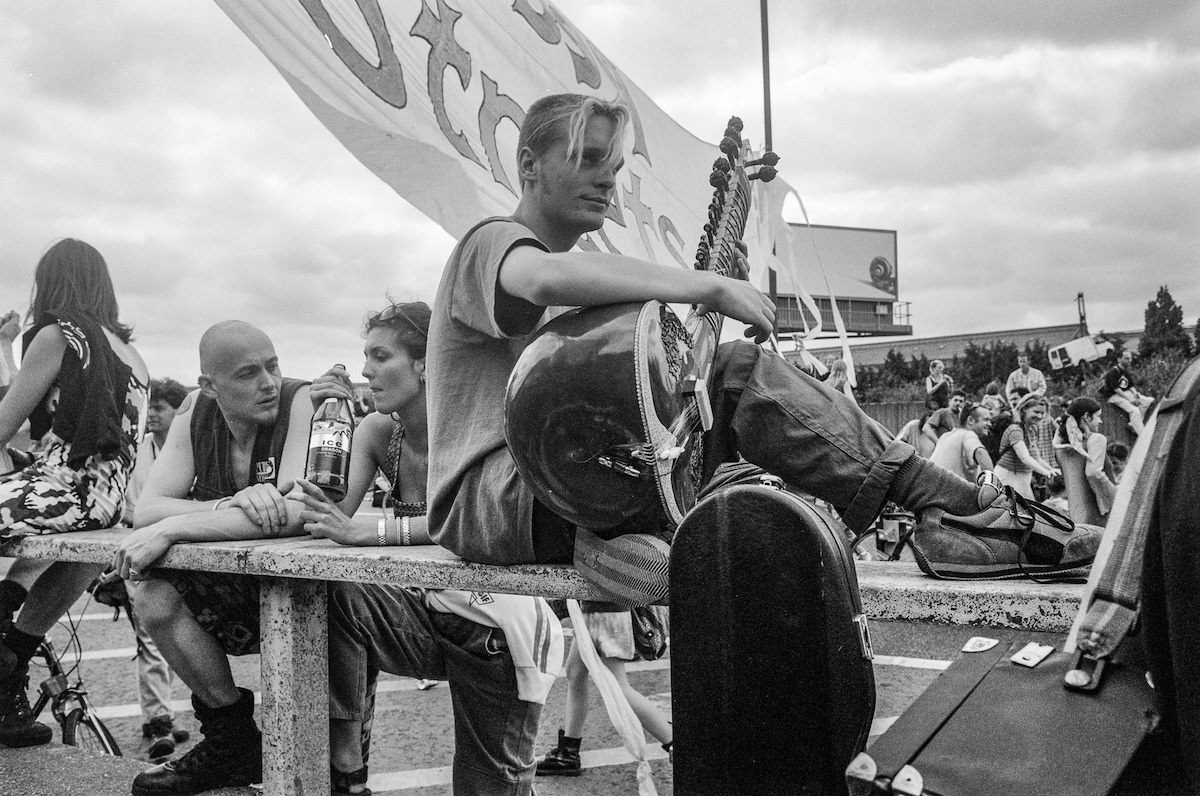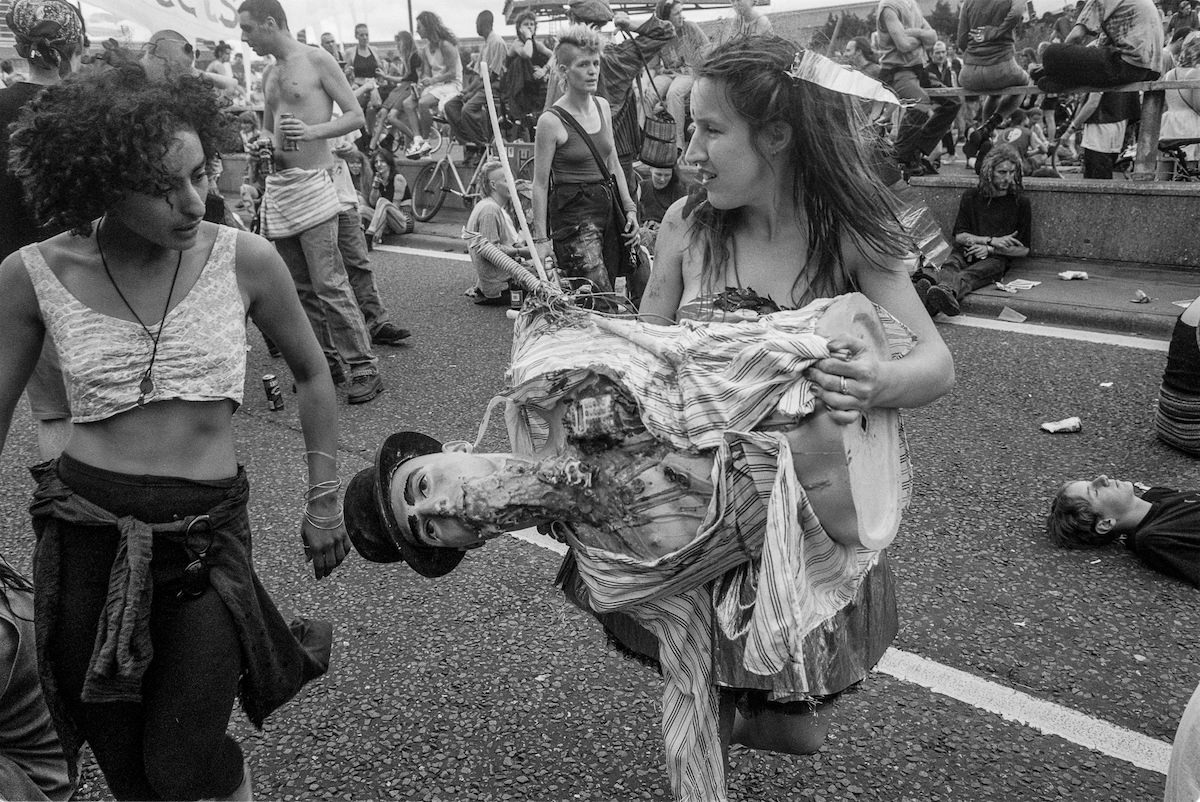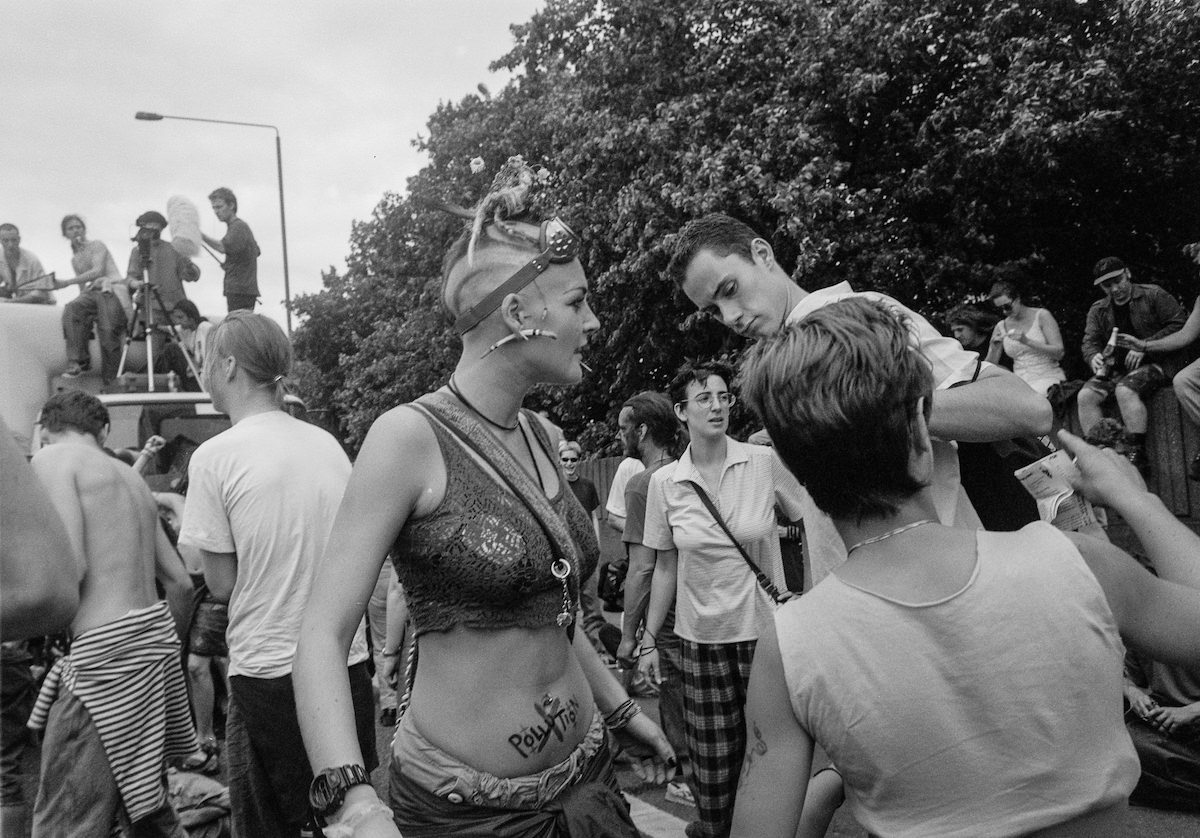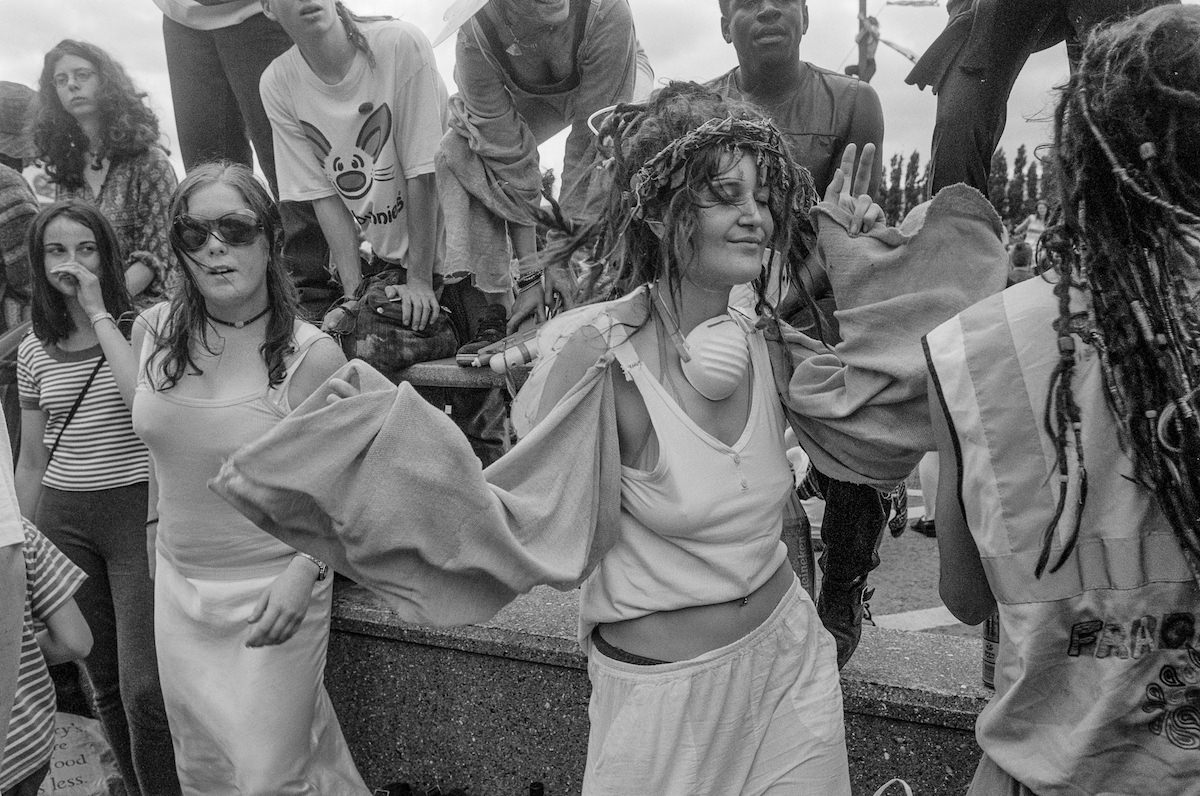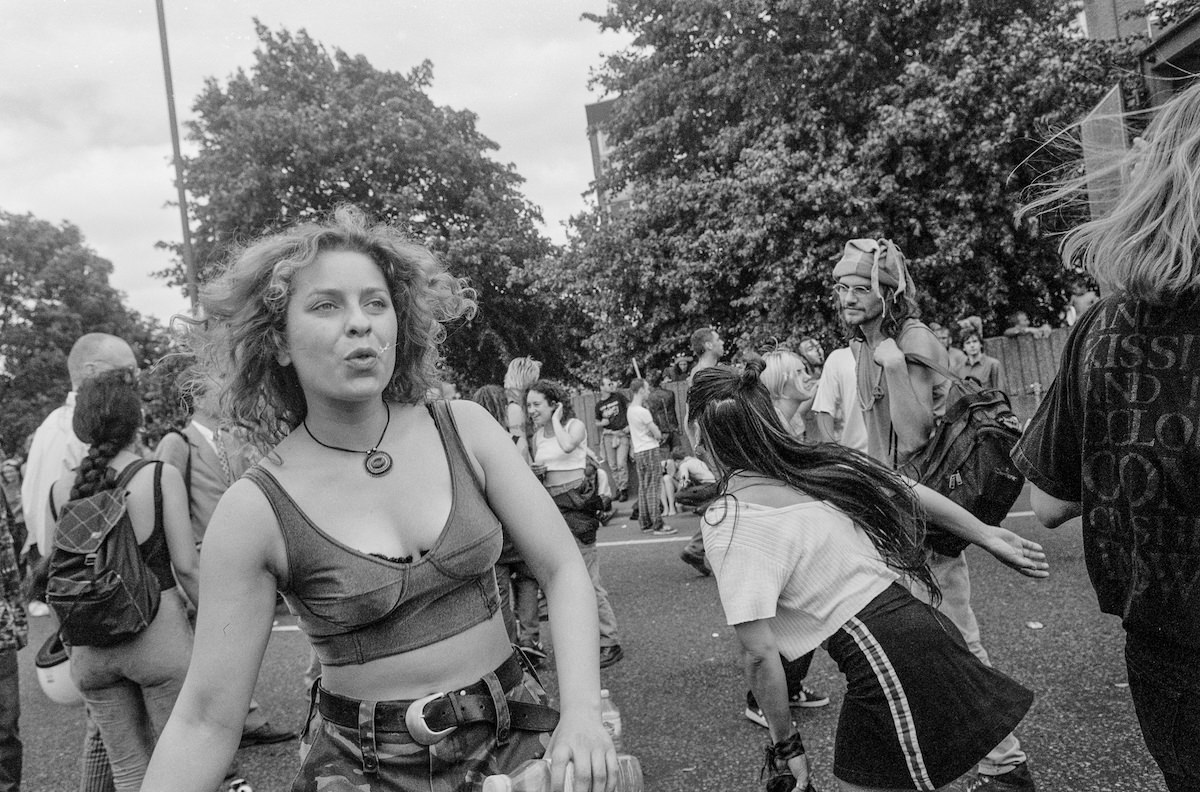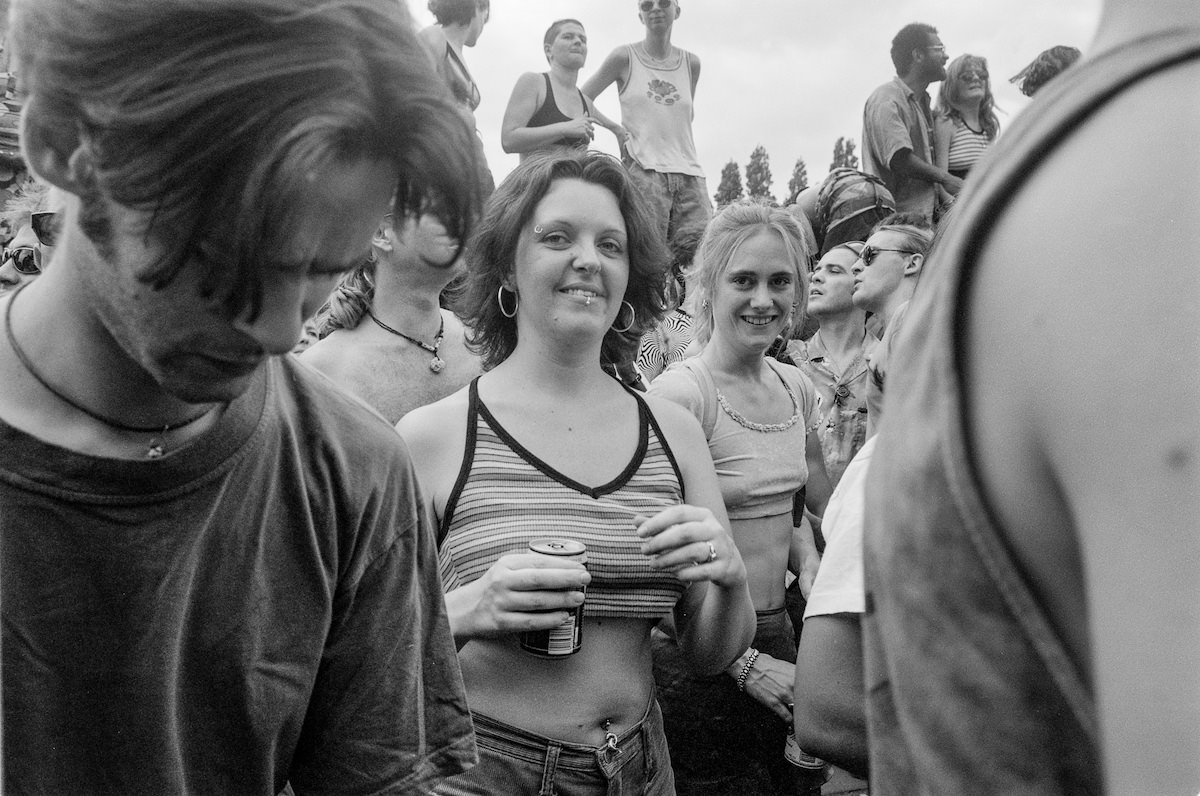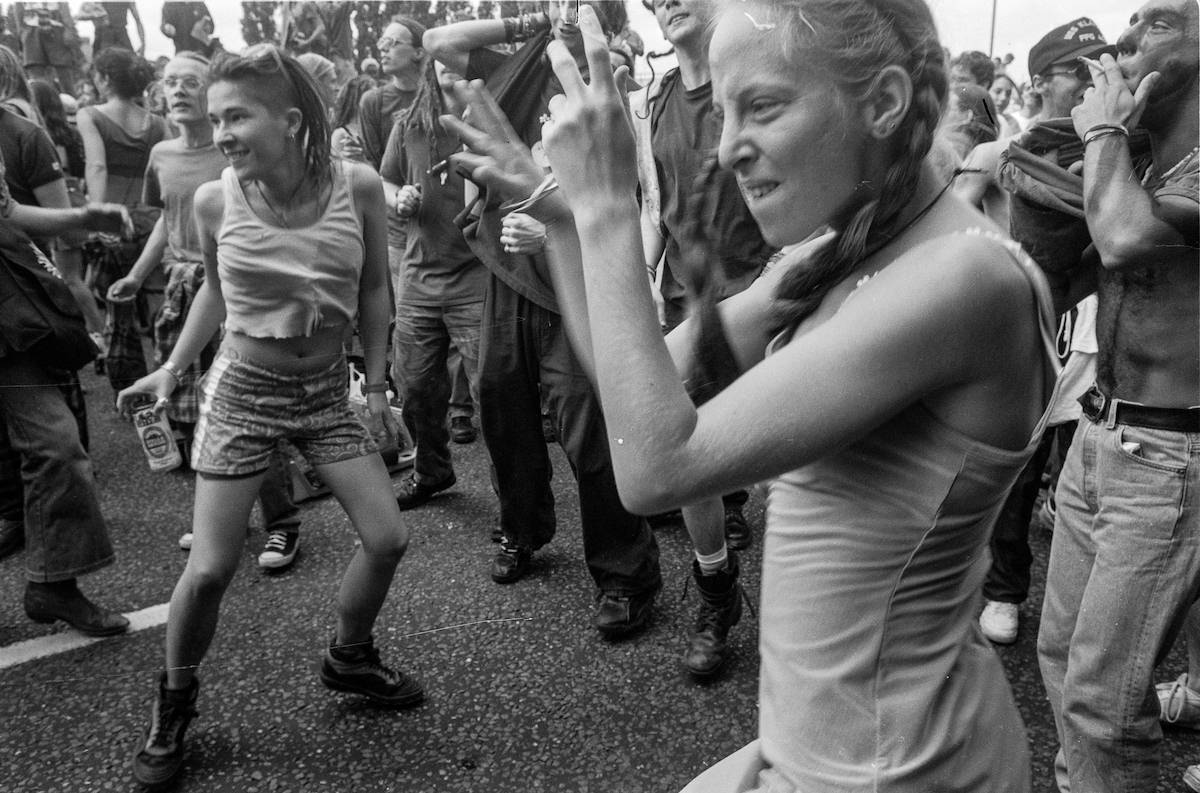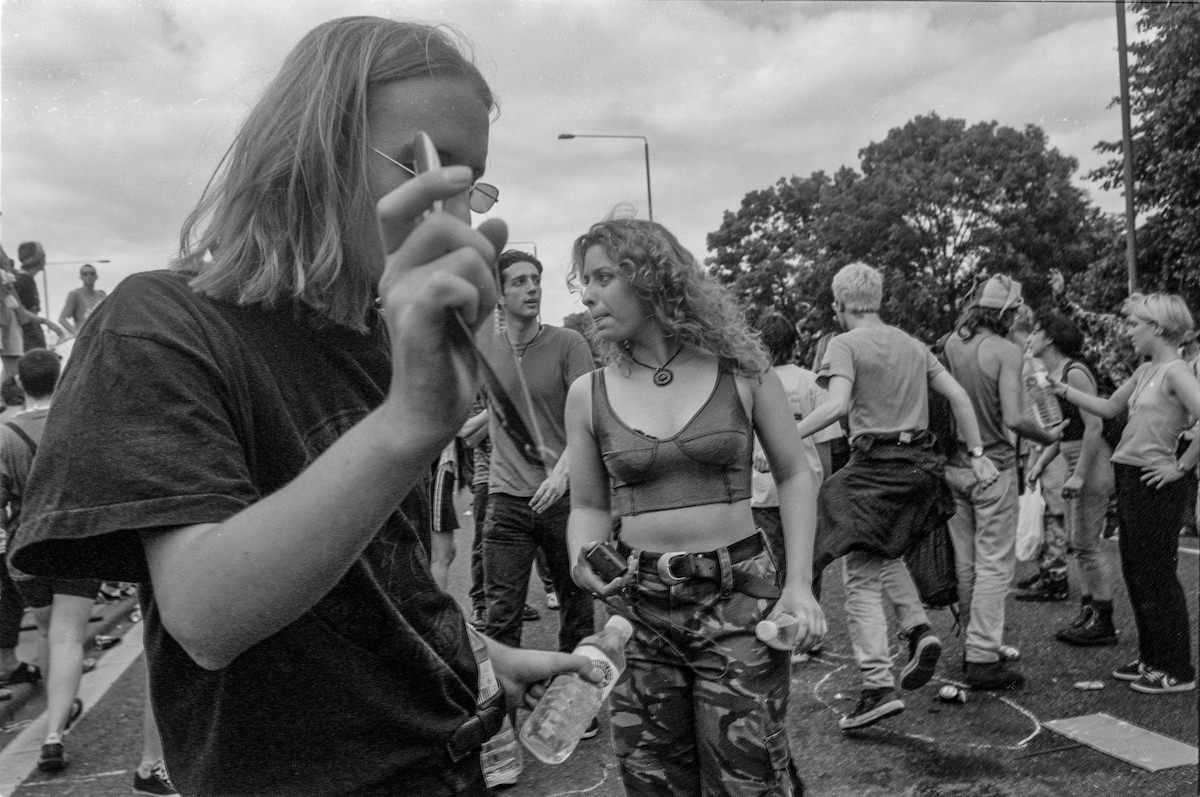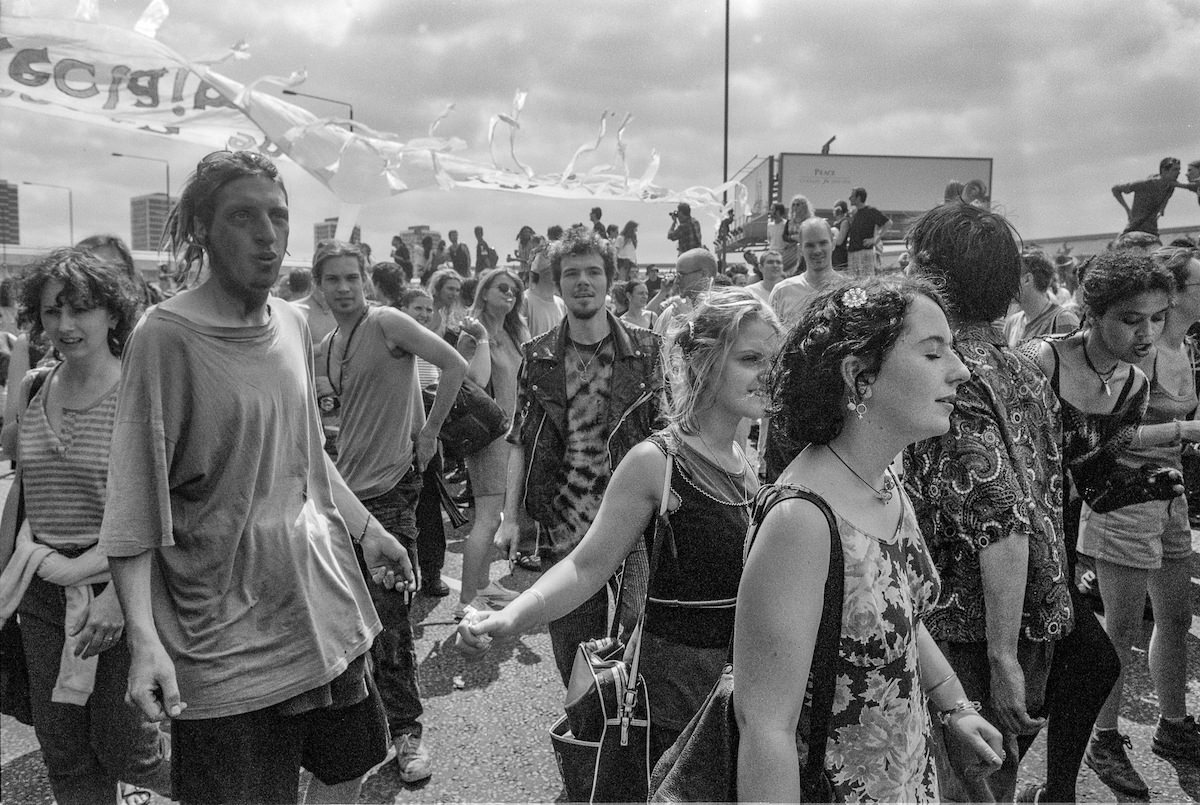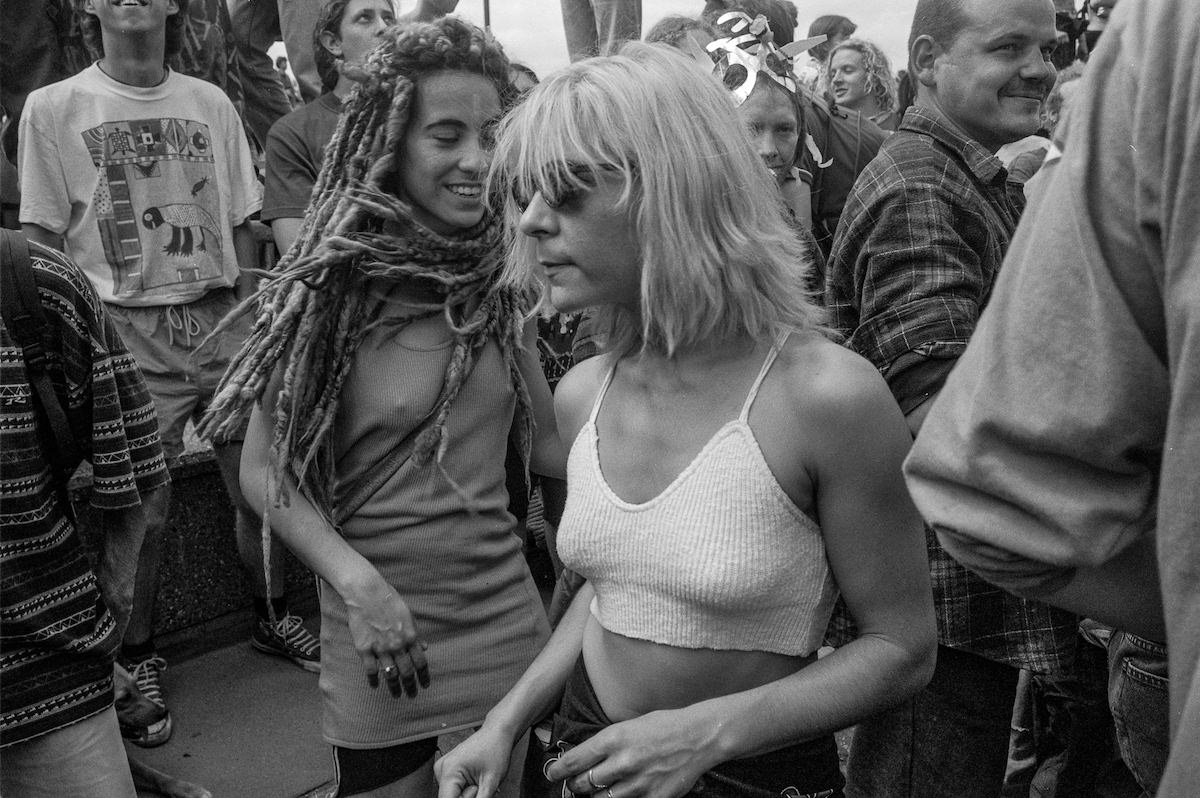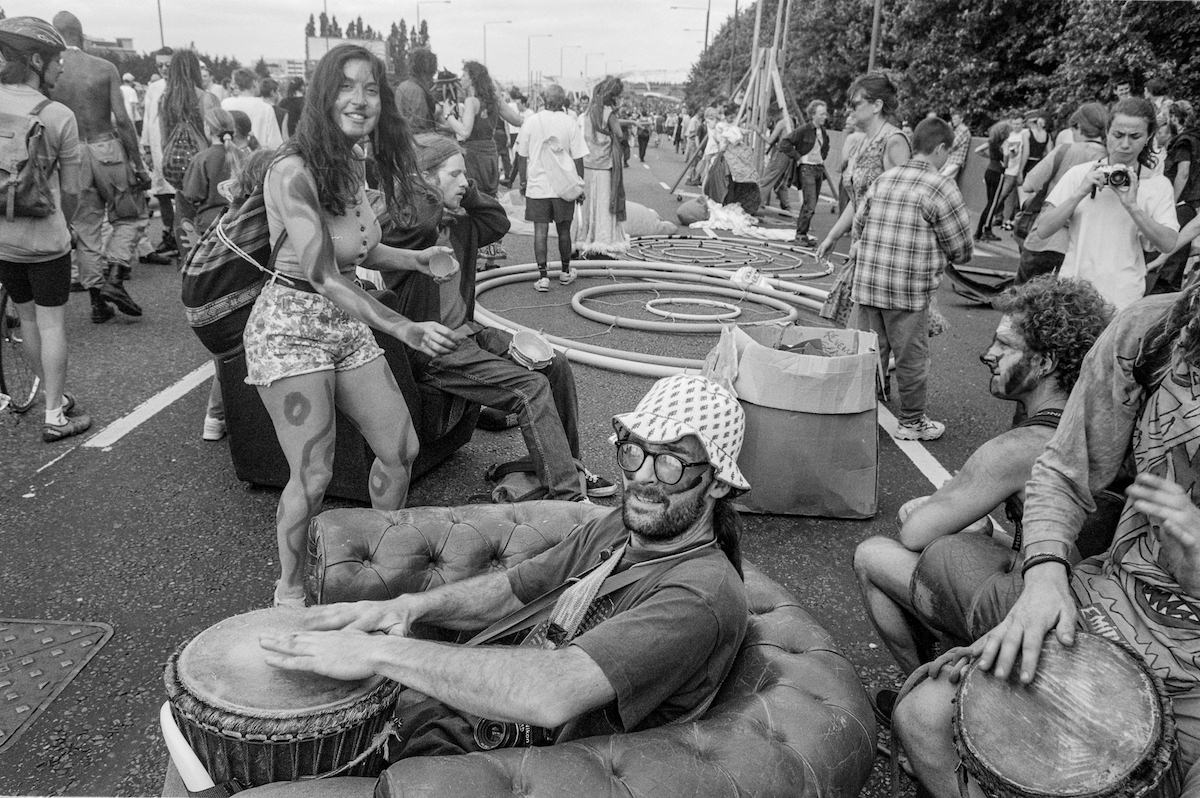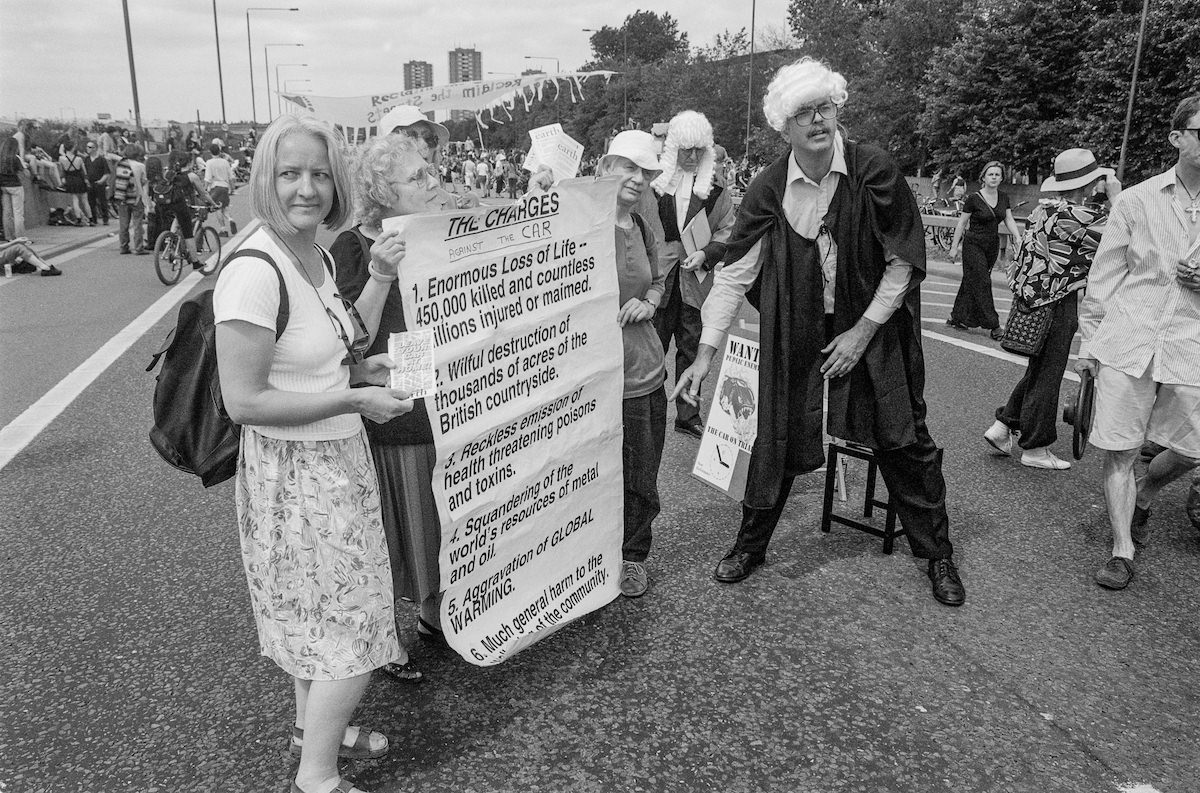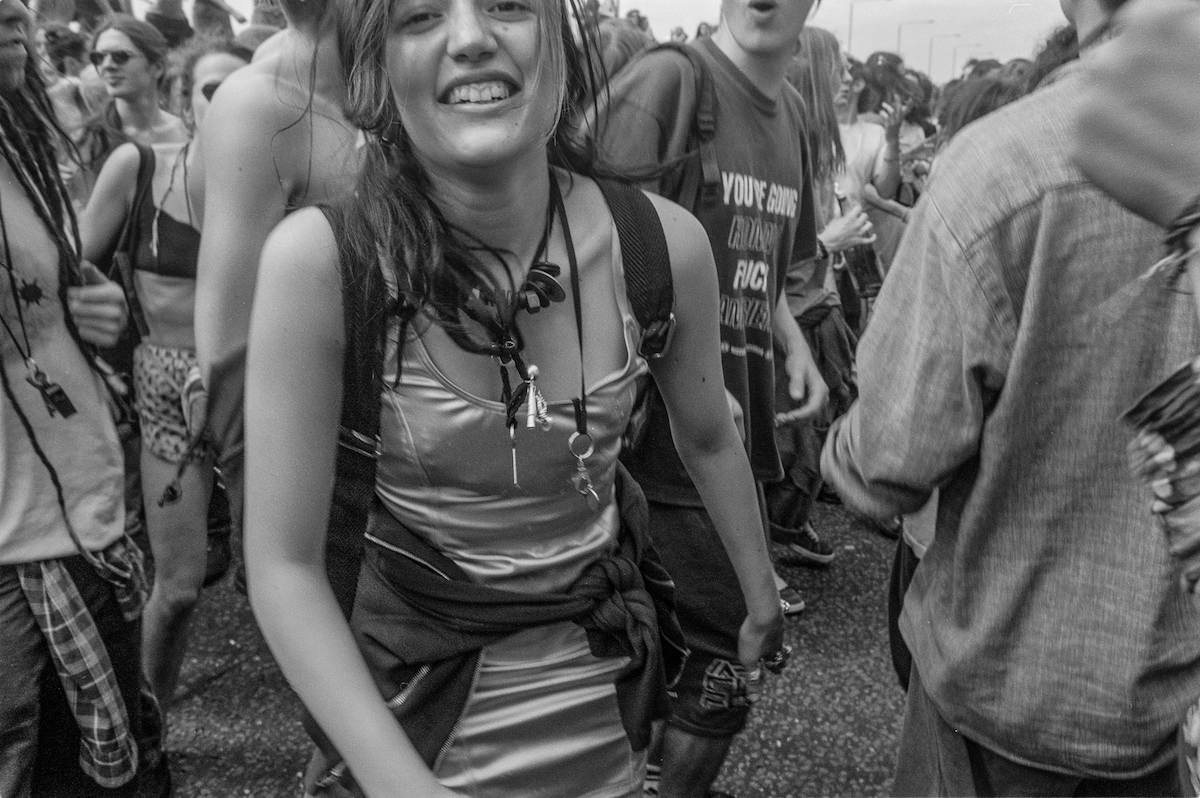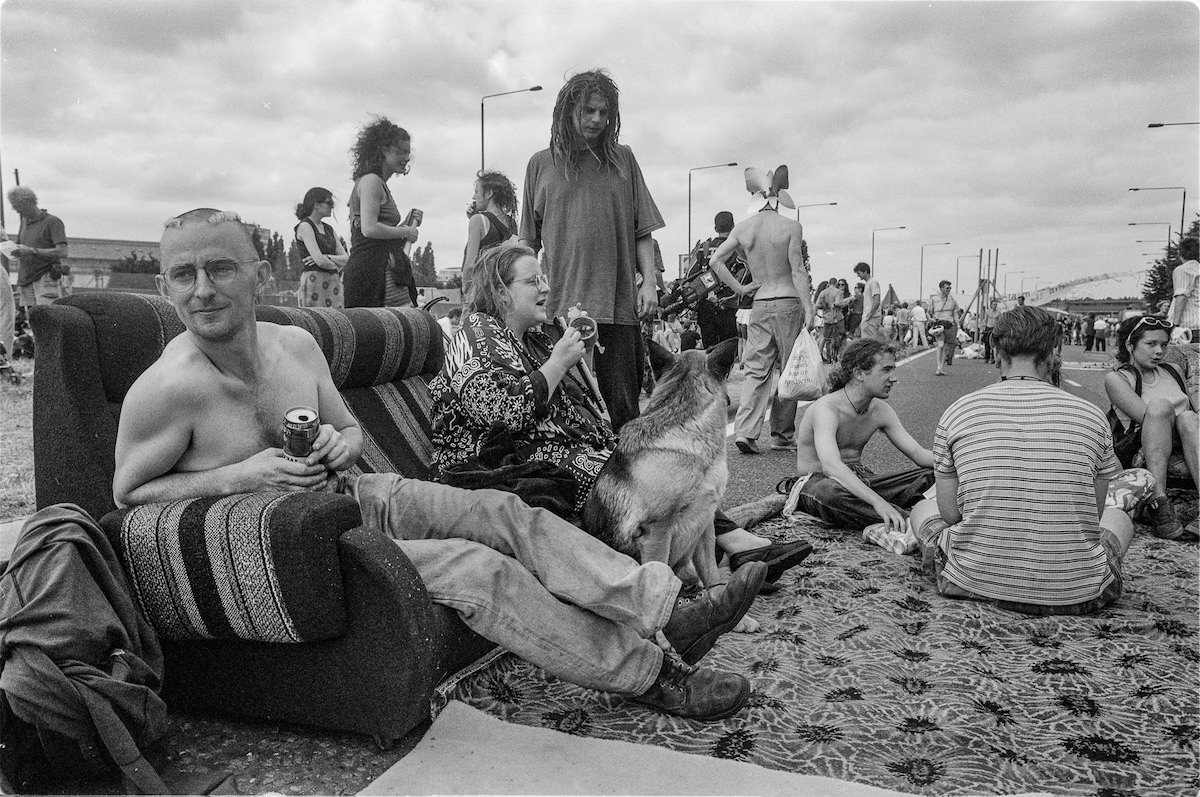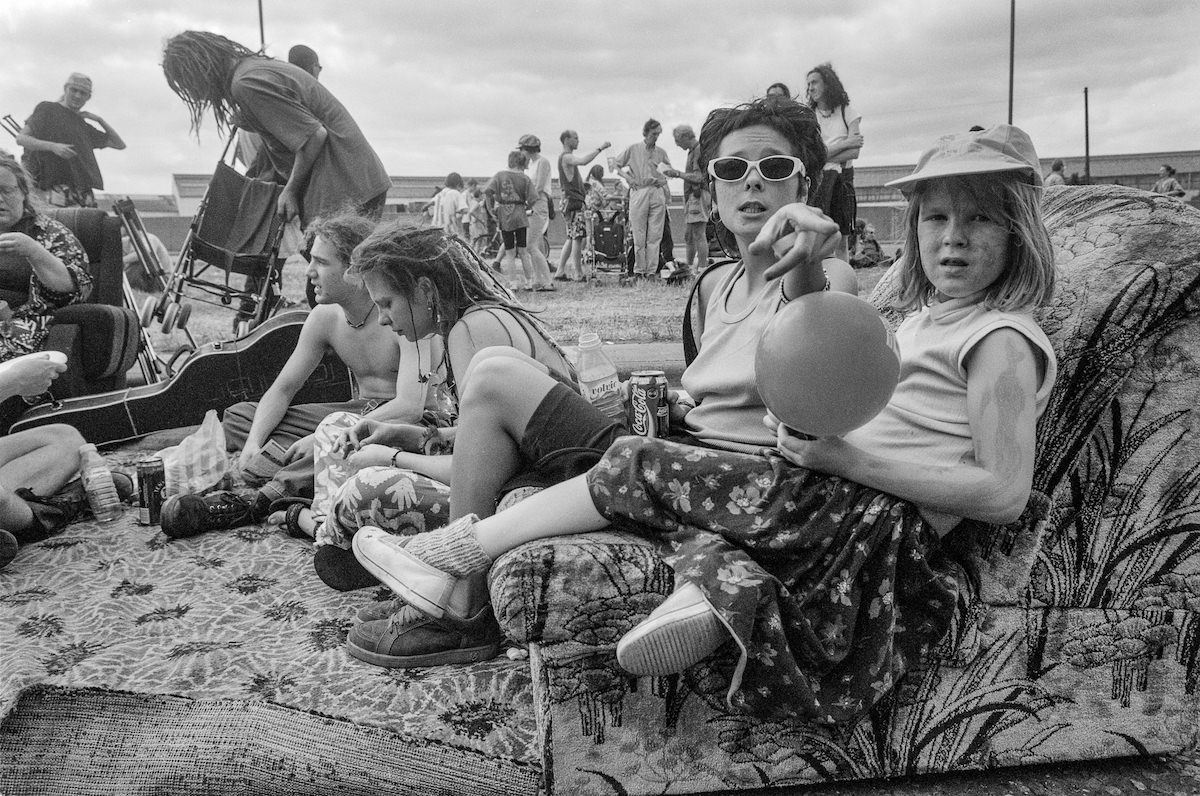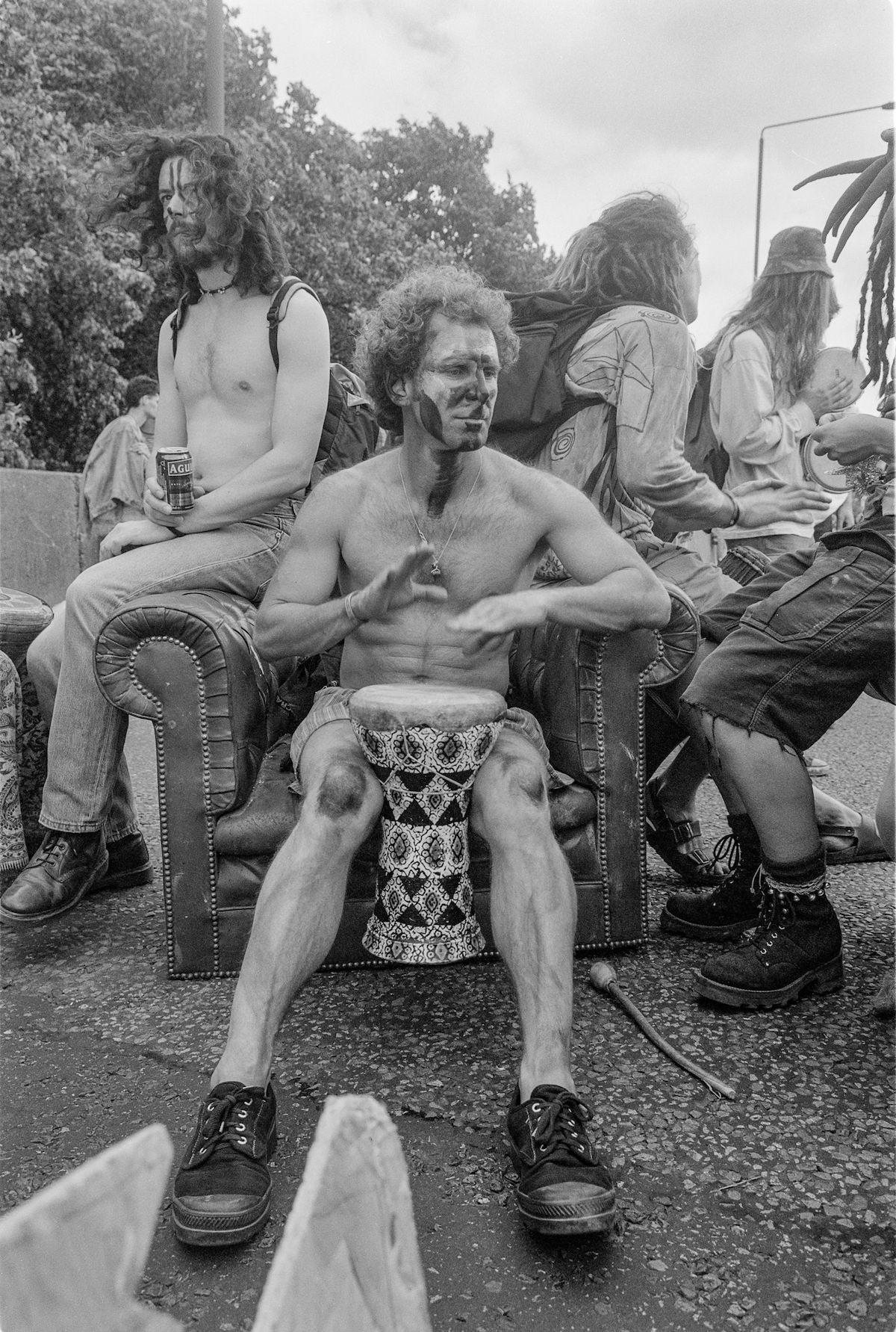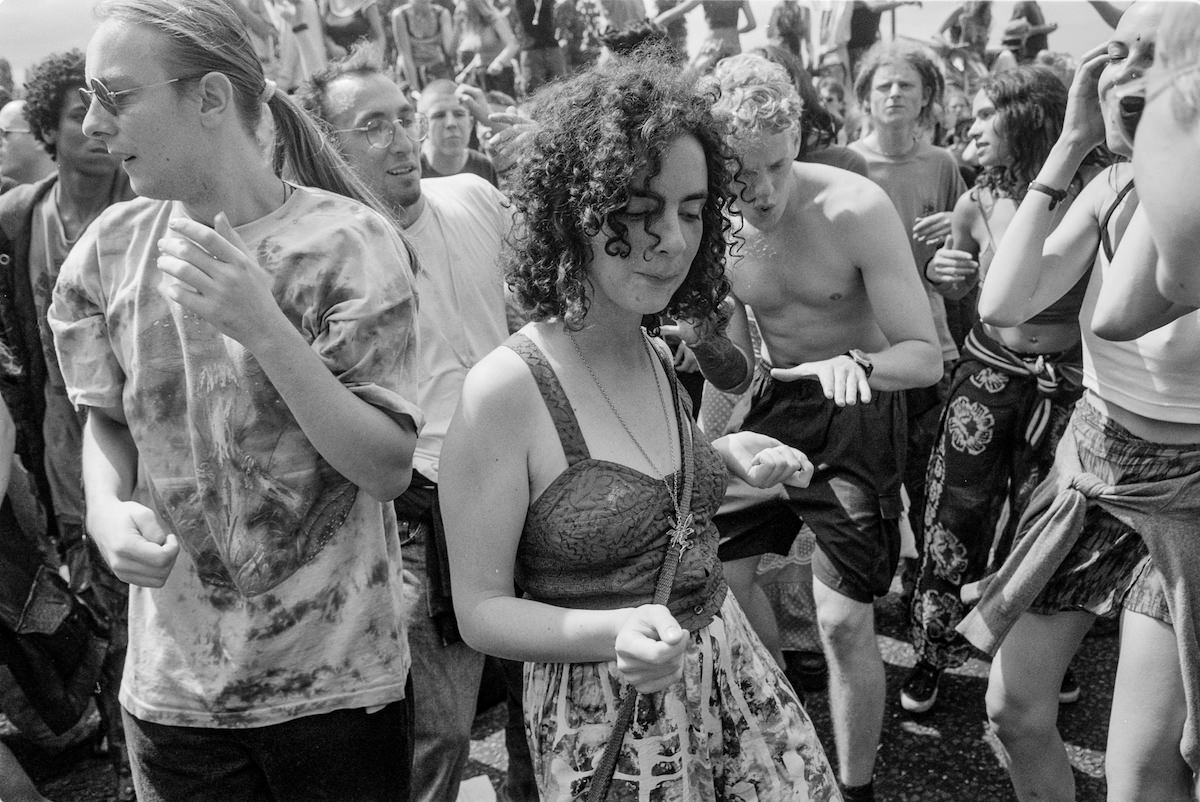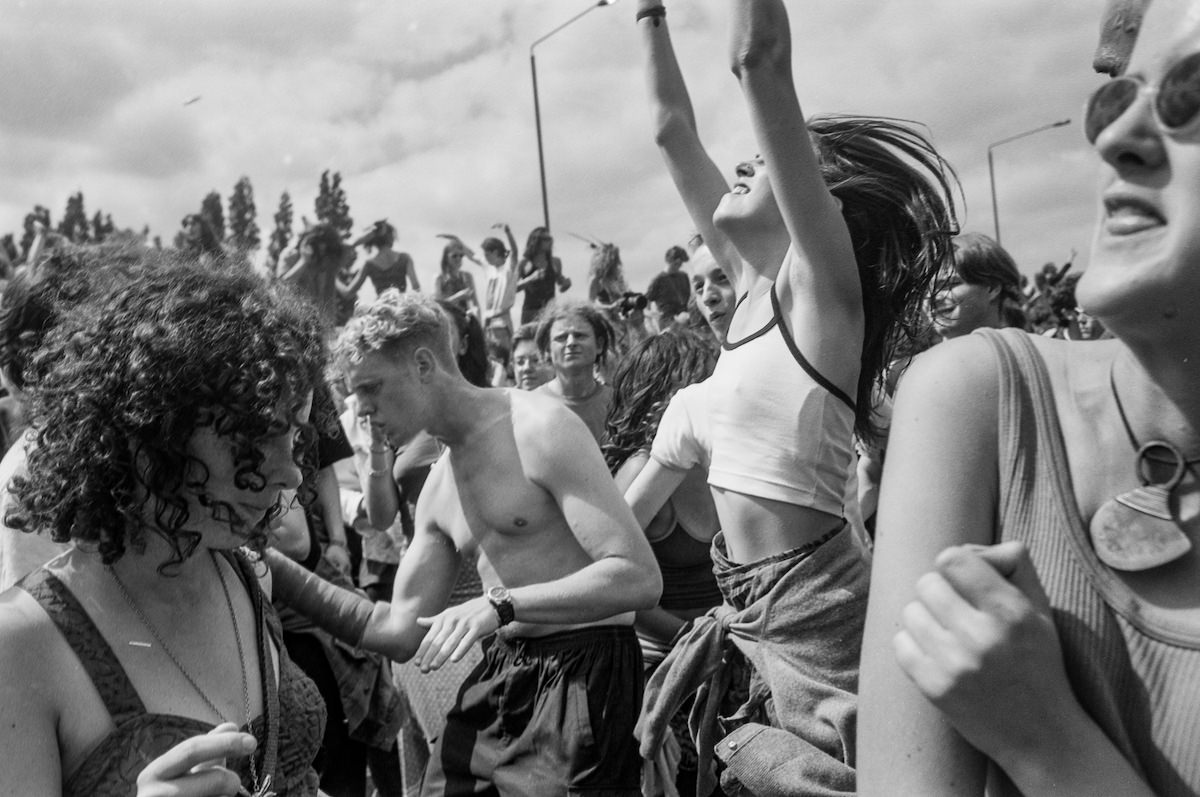The summer heat of 1996 simmered in London, but the temperature wasn’t the only thing rising. Frustration with traffic pollution and the dominance of cars in the city had reached a boiling point. On July 13th, a group called Reclaim the Streets decided to act, throwing a party in the most unexpected of places: the M41 motorway.
The day began with a gathering near Liverpool Street Station. Supporters of Reclaim the Streets, armed with a rebellious spirit and a love for their city, congregated before embarking on their mission. Their destination? The M41 motorway in West London, a symbol of the urban sprawl and car-centric culture they opposed.
Police, aware of the planned protest, attempted to thwart the group’s efforts with a roadblock. However, the determined protesters wouldn’t be deterred. In a daring move, two cars crashed, effectively blocking the north end of the motorway. This audacious act cleared the way for a convoy of sound systems, transforming the roadway into an impromptu dance floor.
Meanwhile, at the south end, protesters outsmarted the police lines, joining the festivities on the tarmac. Soon, around 7,000 people were dancing, celebrating, and reclaiming the space typically reserved for speeding vehicles. The atmosphere buzzed with energy; a joyful rebellion against the fumes and noise that usually dominated the motorway. Protesters dug holes in the road, planting trees as symbols of life and resistance against the concrete jungle. Tripods and massive figures were erected, adding to the spectacle and highlighting the message of the movement.
The M41, a half-mile stretch of road, became a stage for a unique and powerful protest. M41 was part of a larger scheme known as Ringway 1, a network of motorways that, if completed, would have drastically altered the city’s landscape and worsened its traffic woes.


